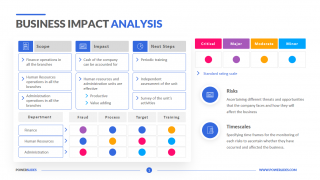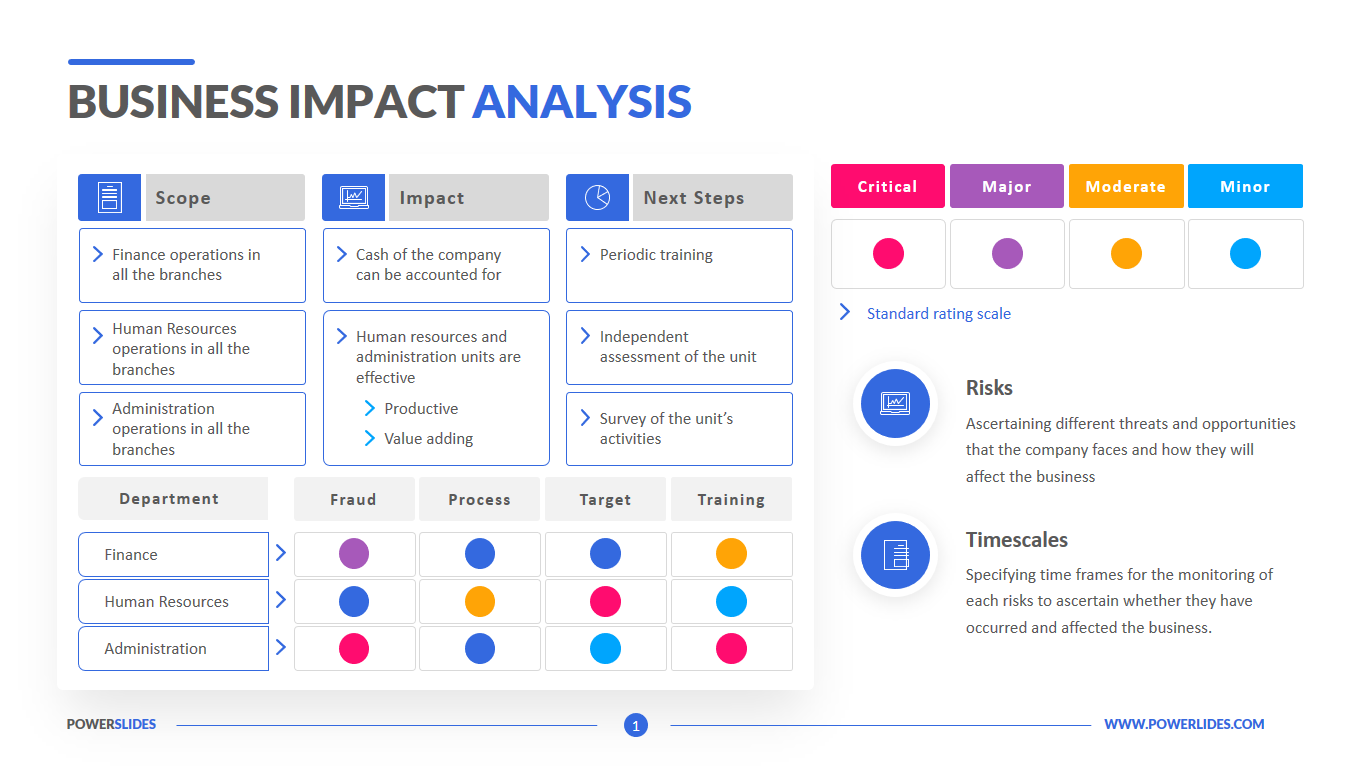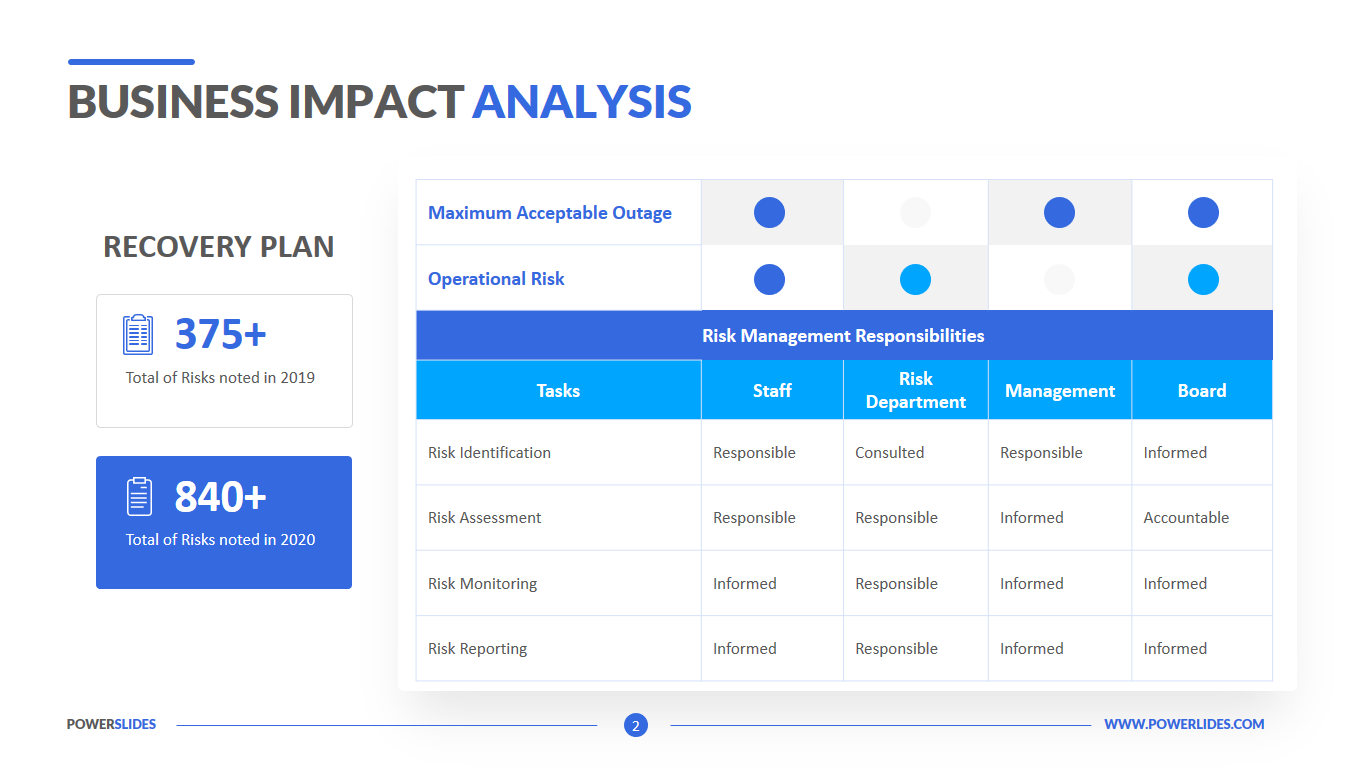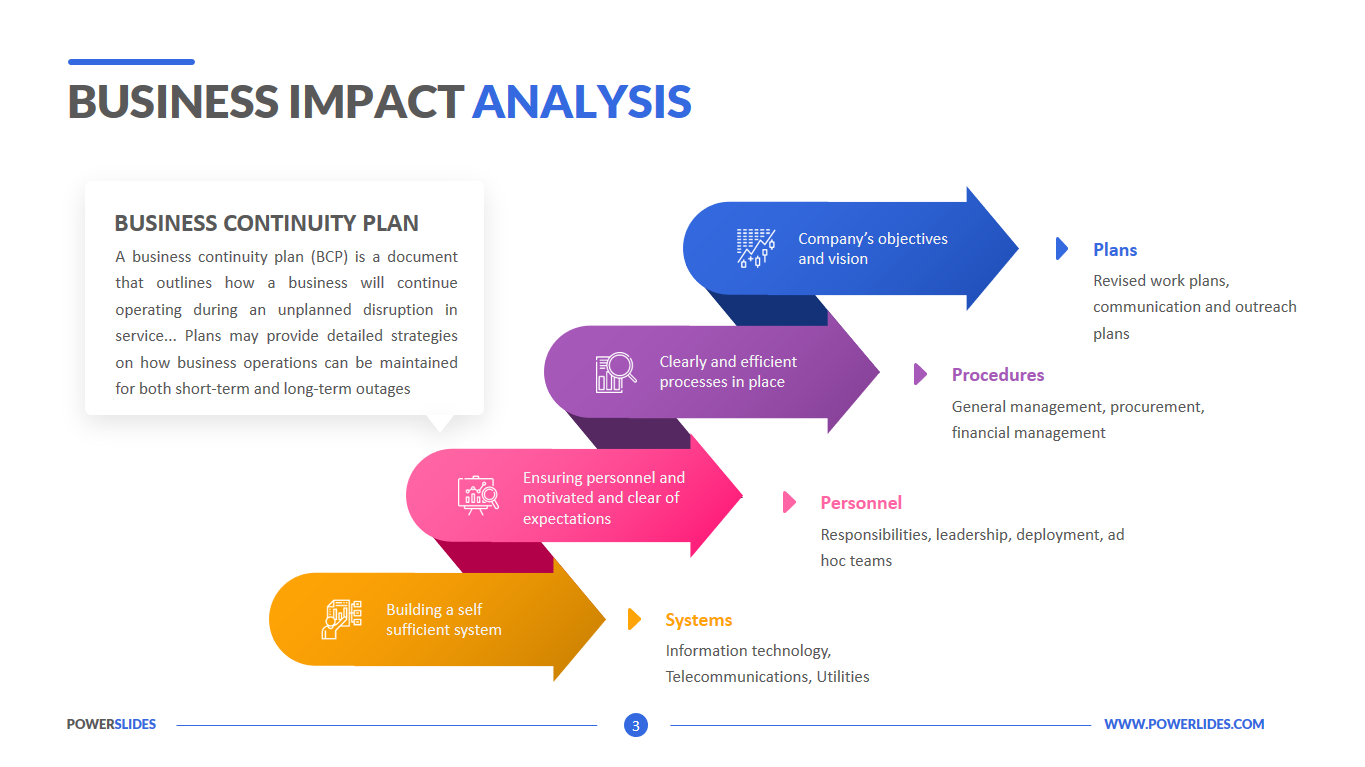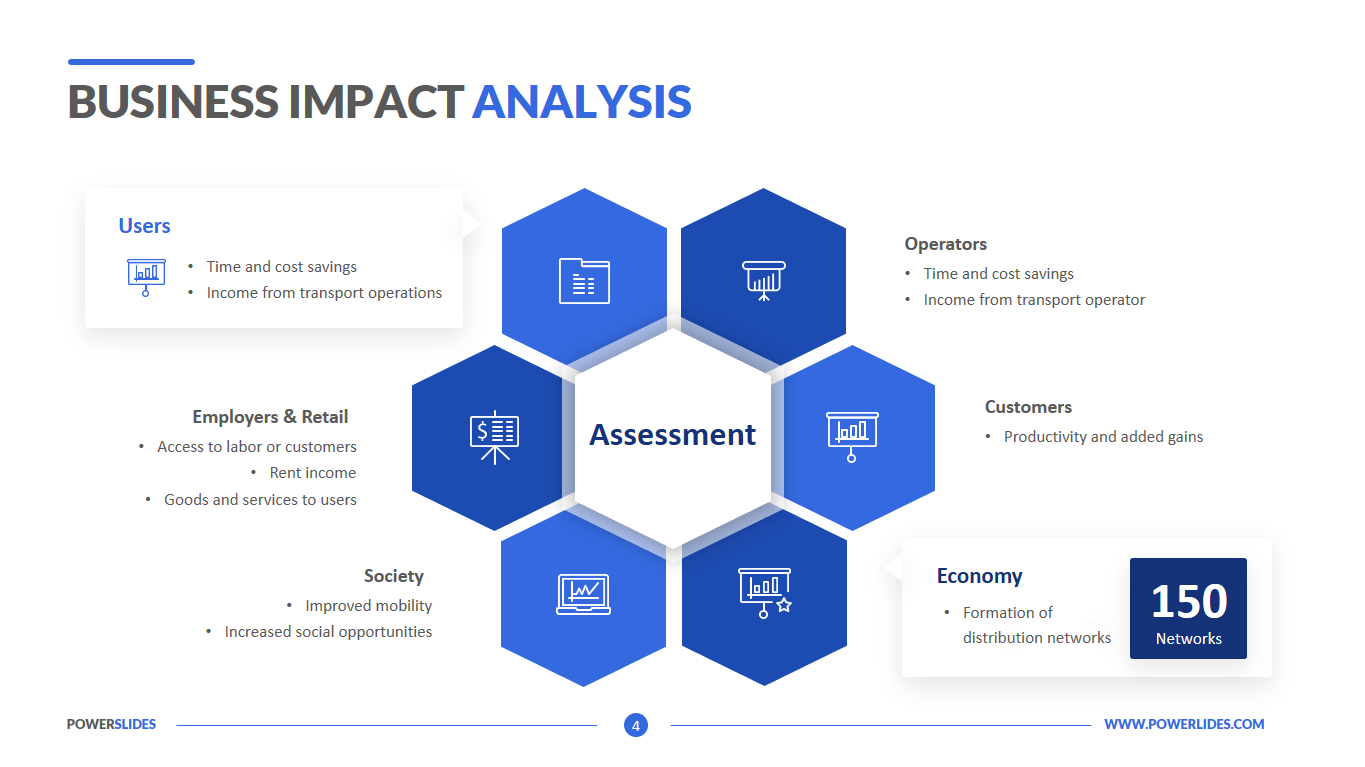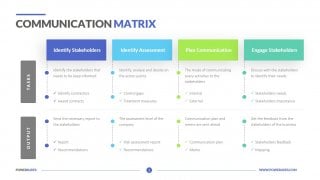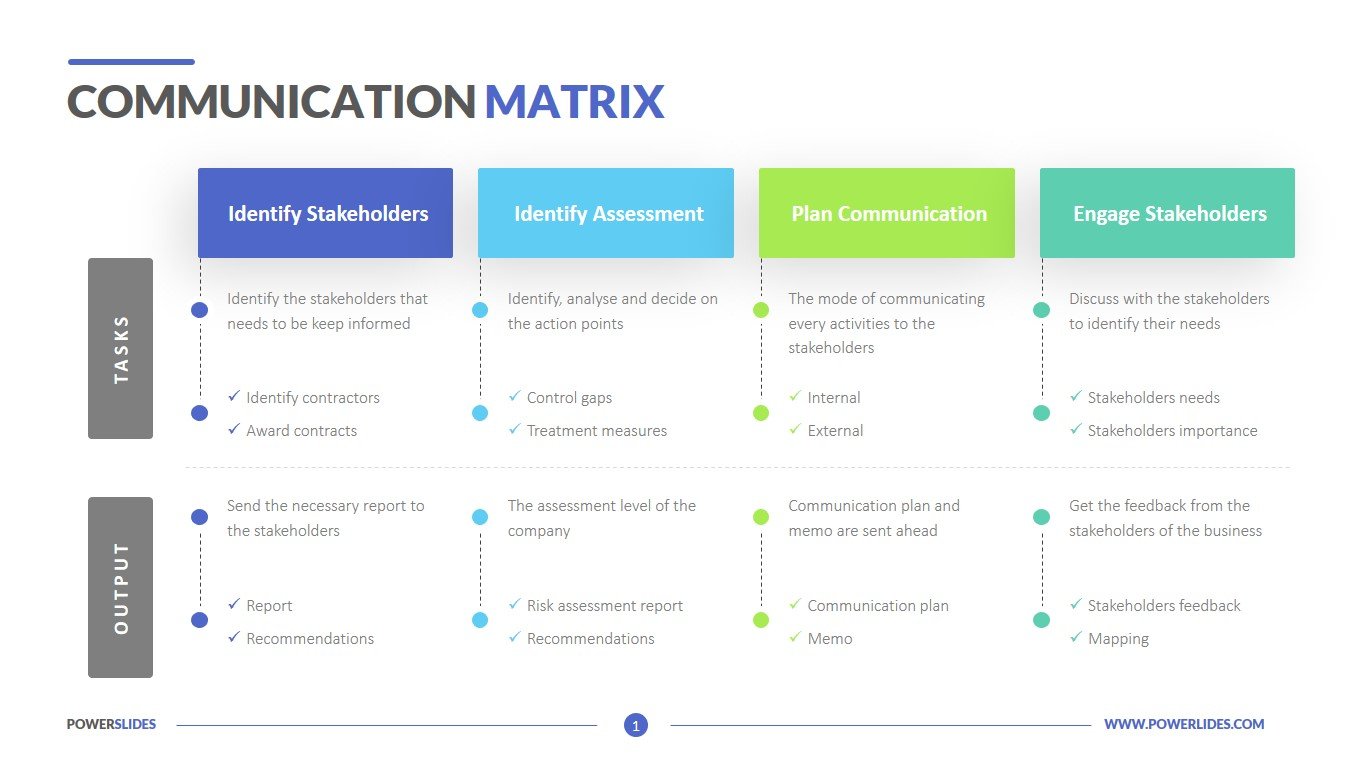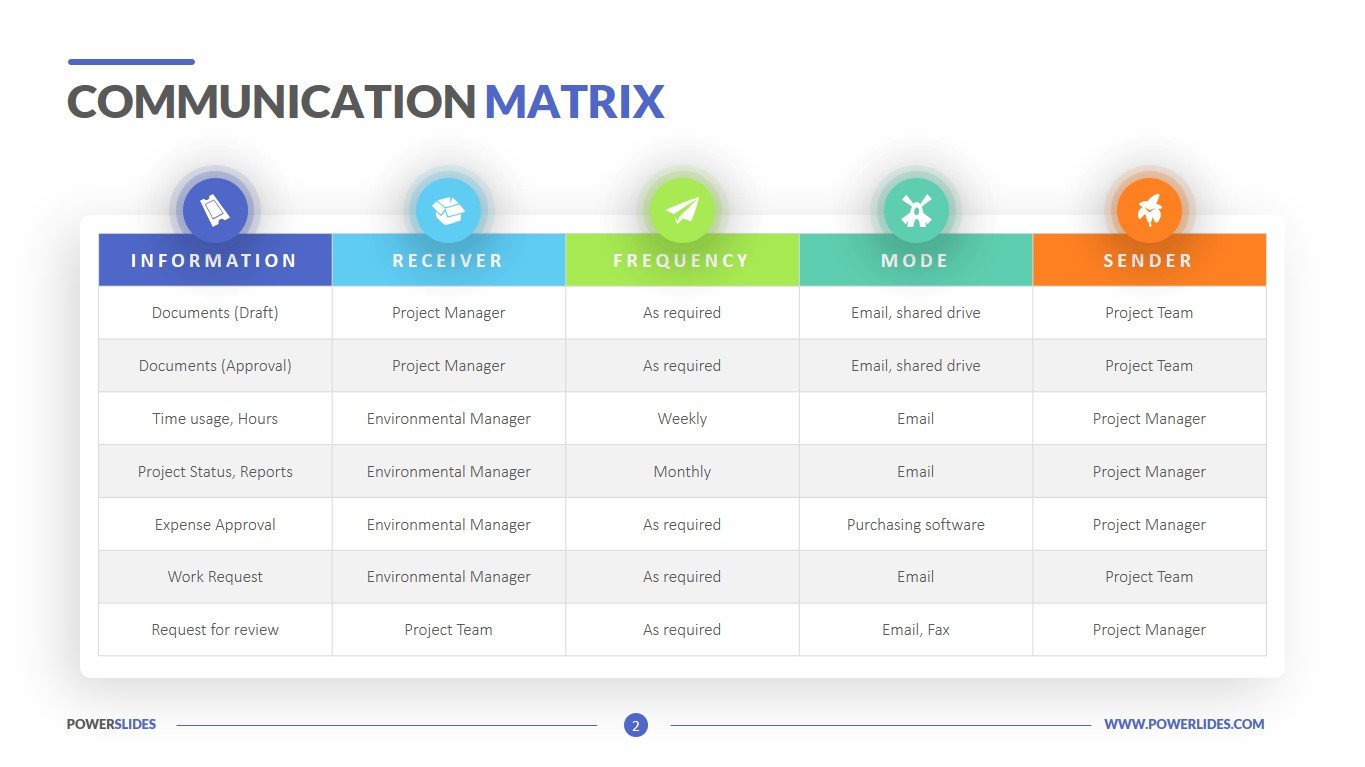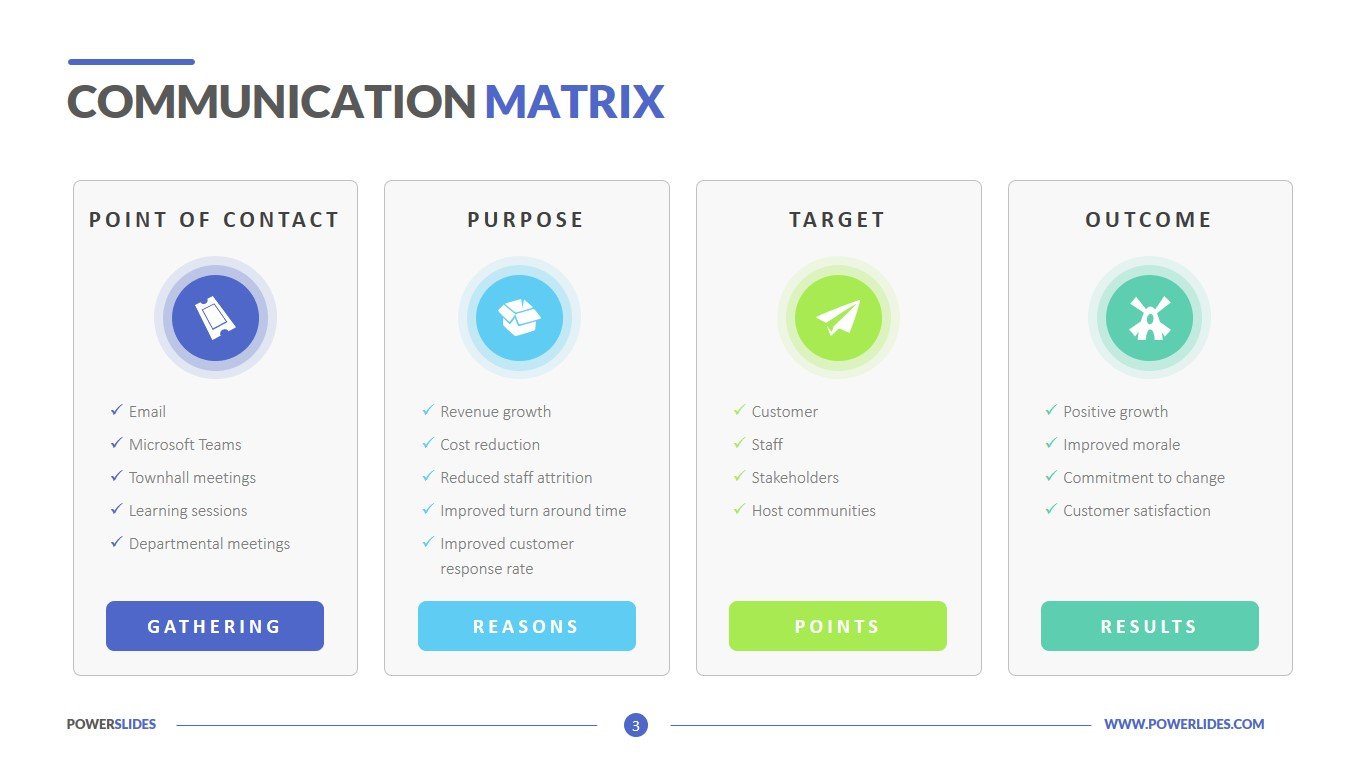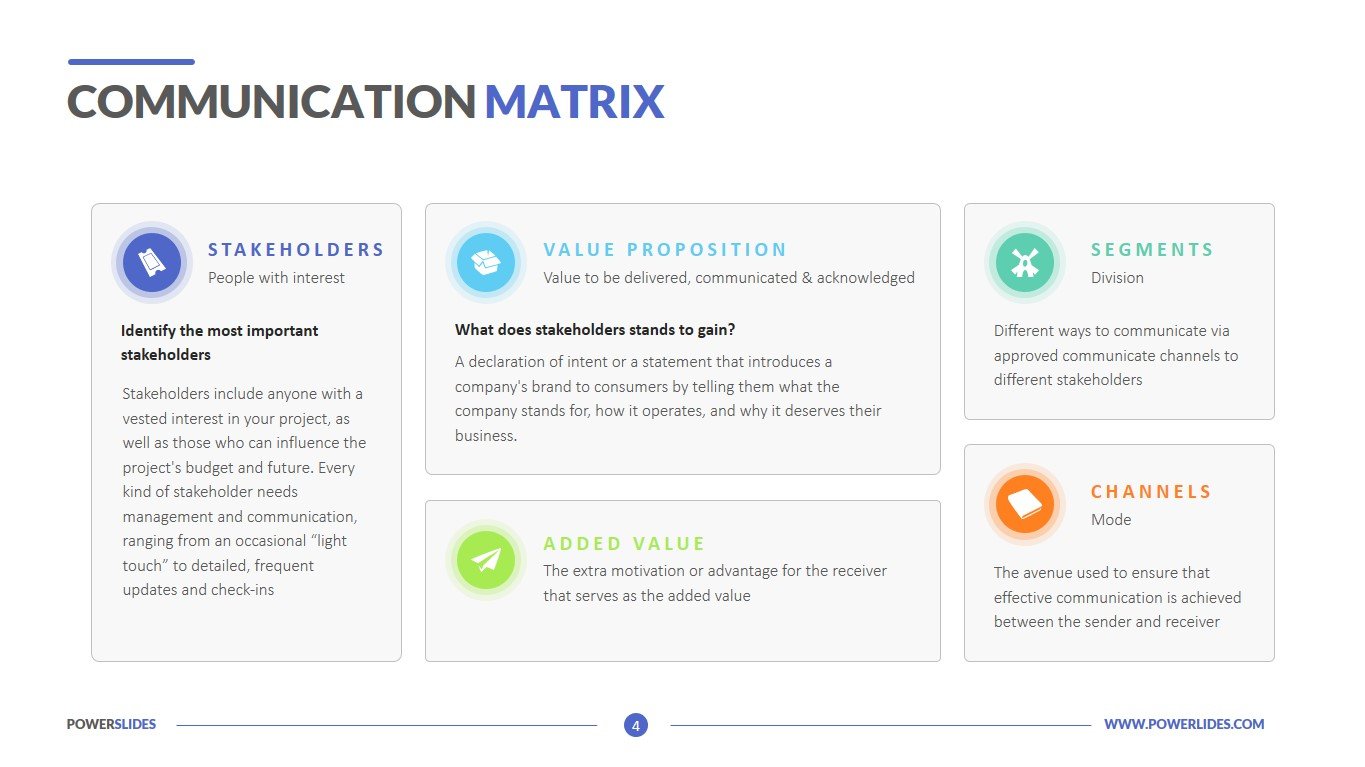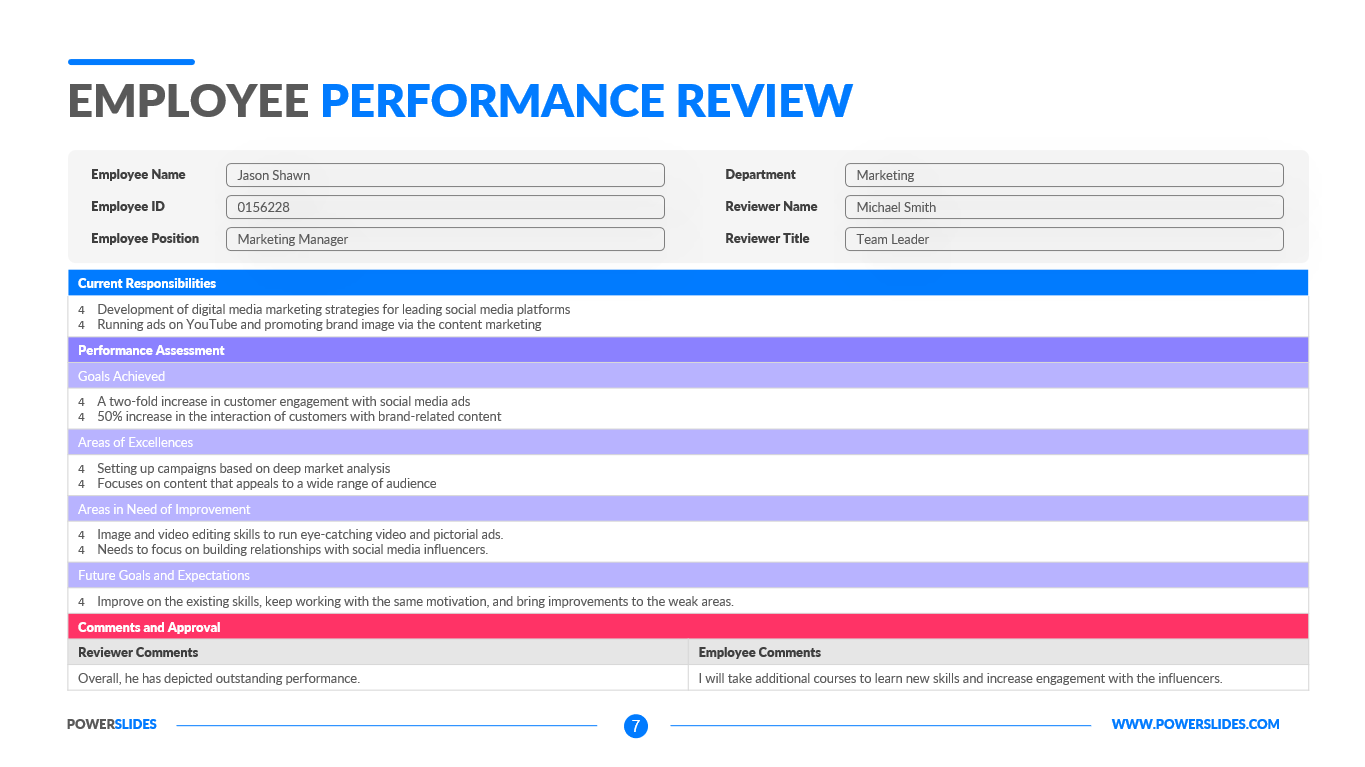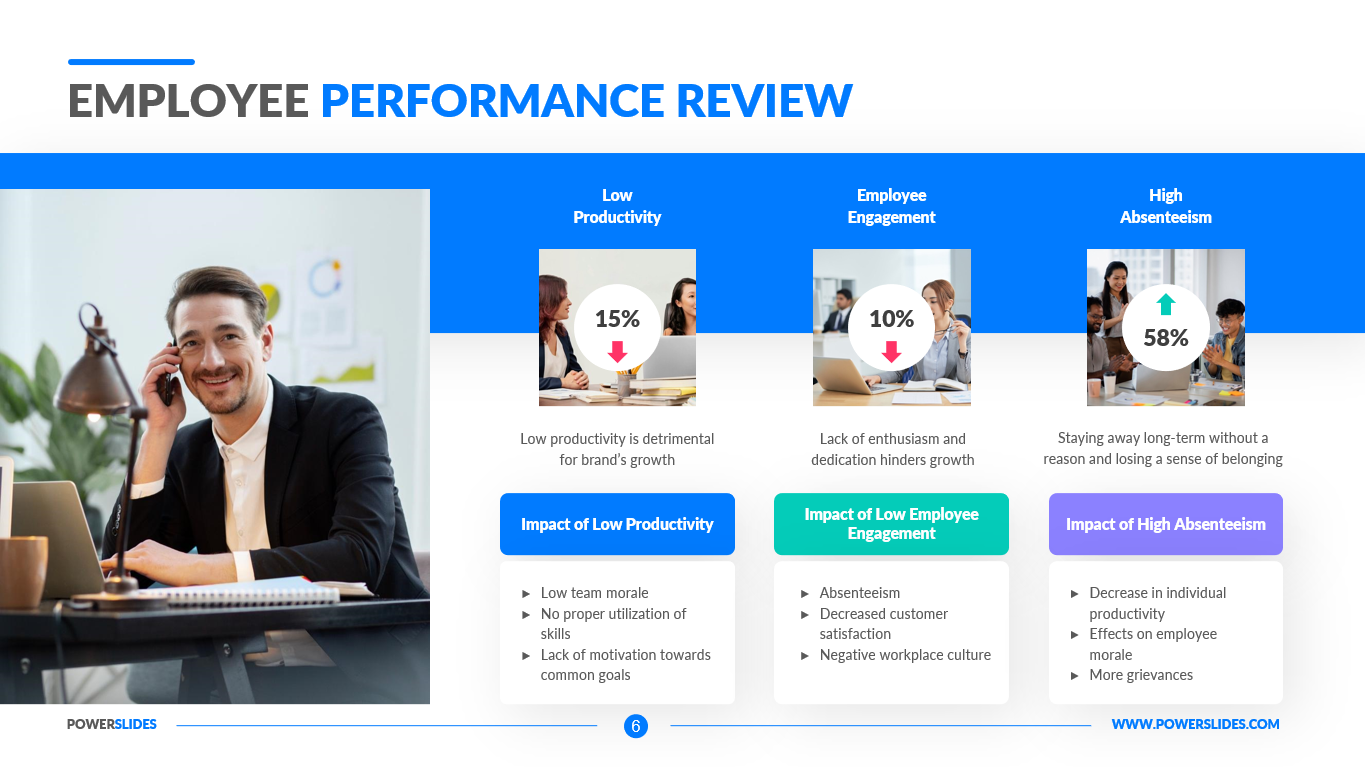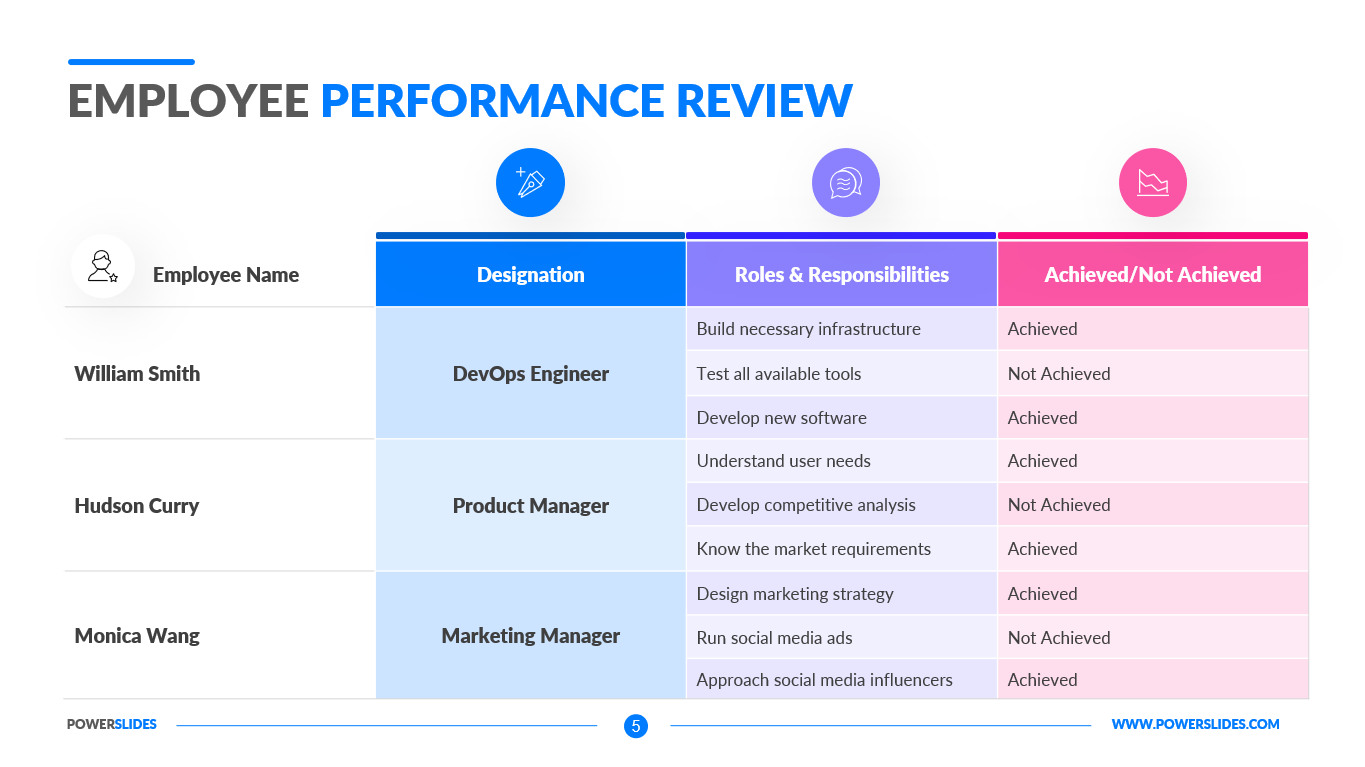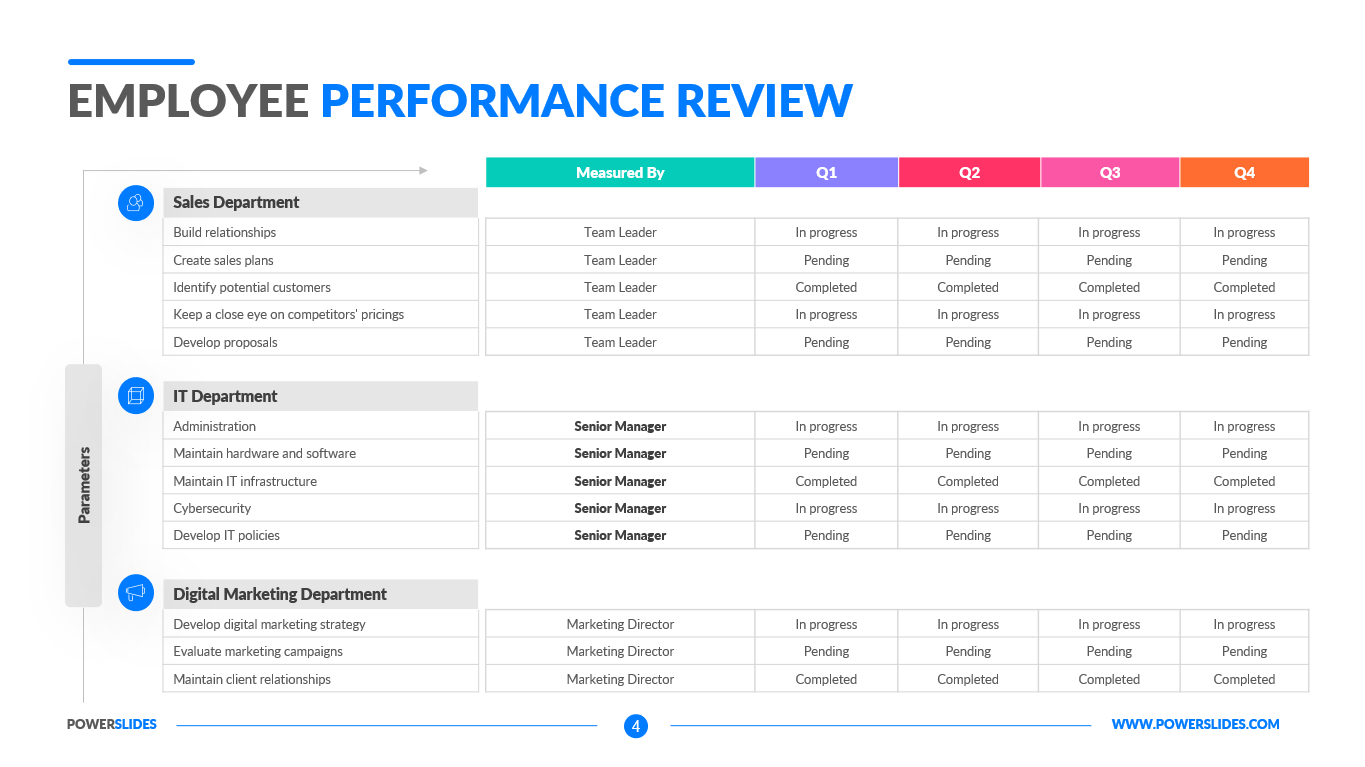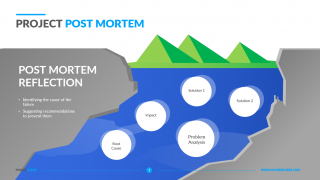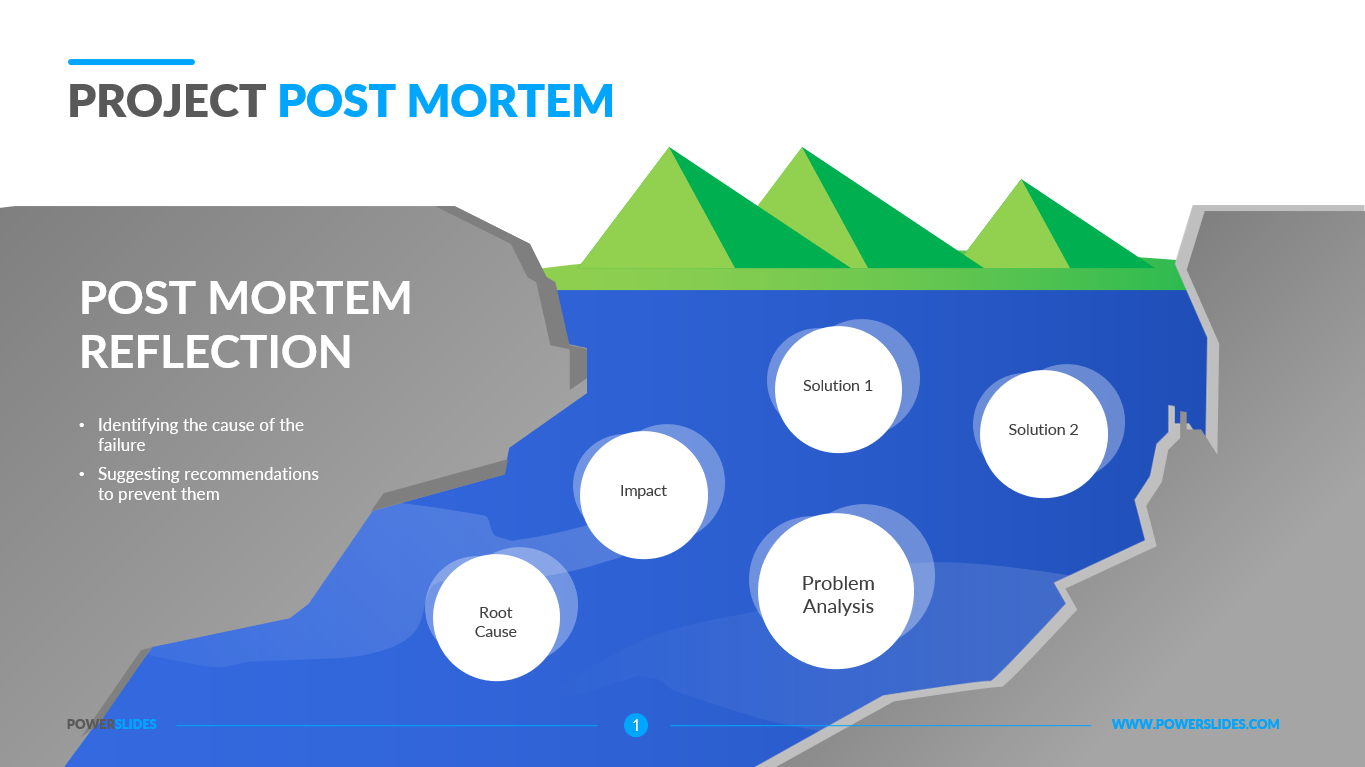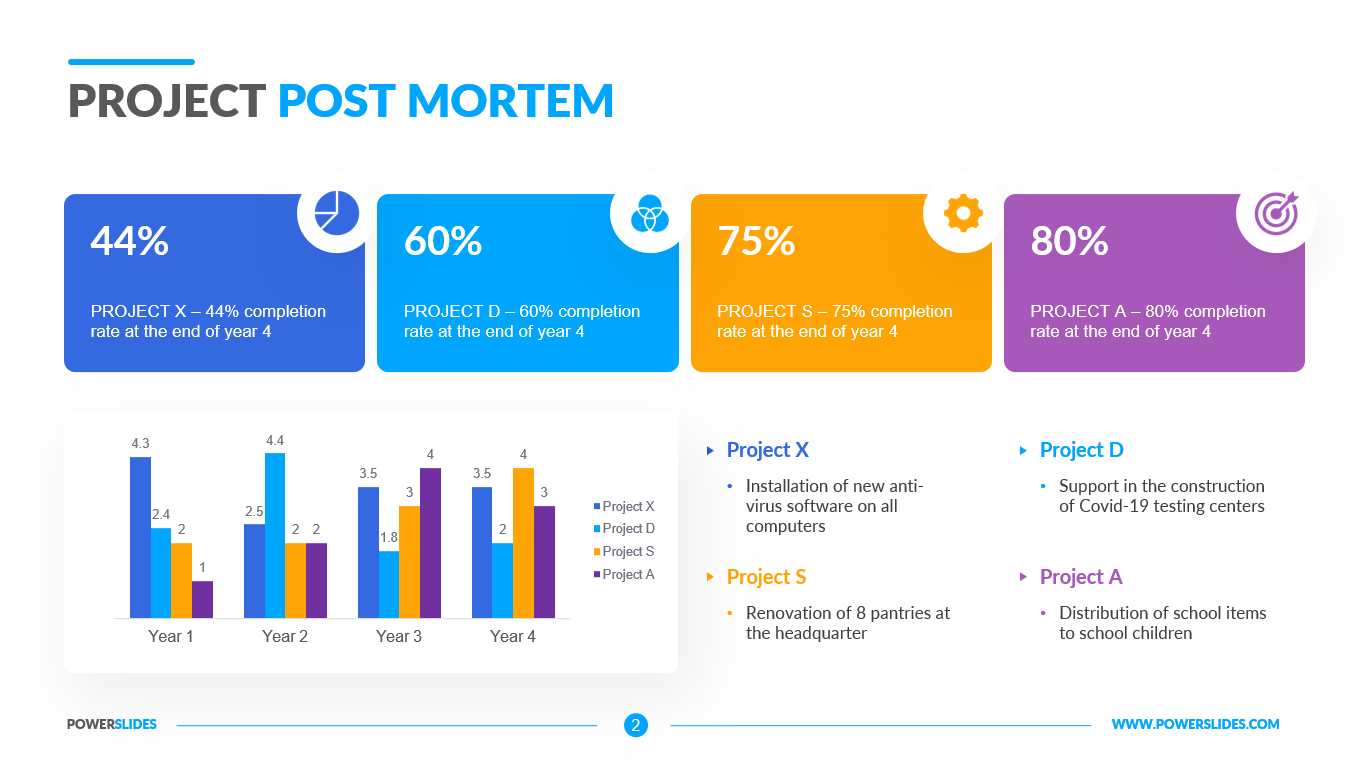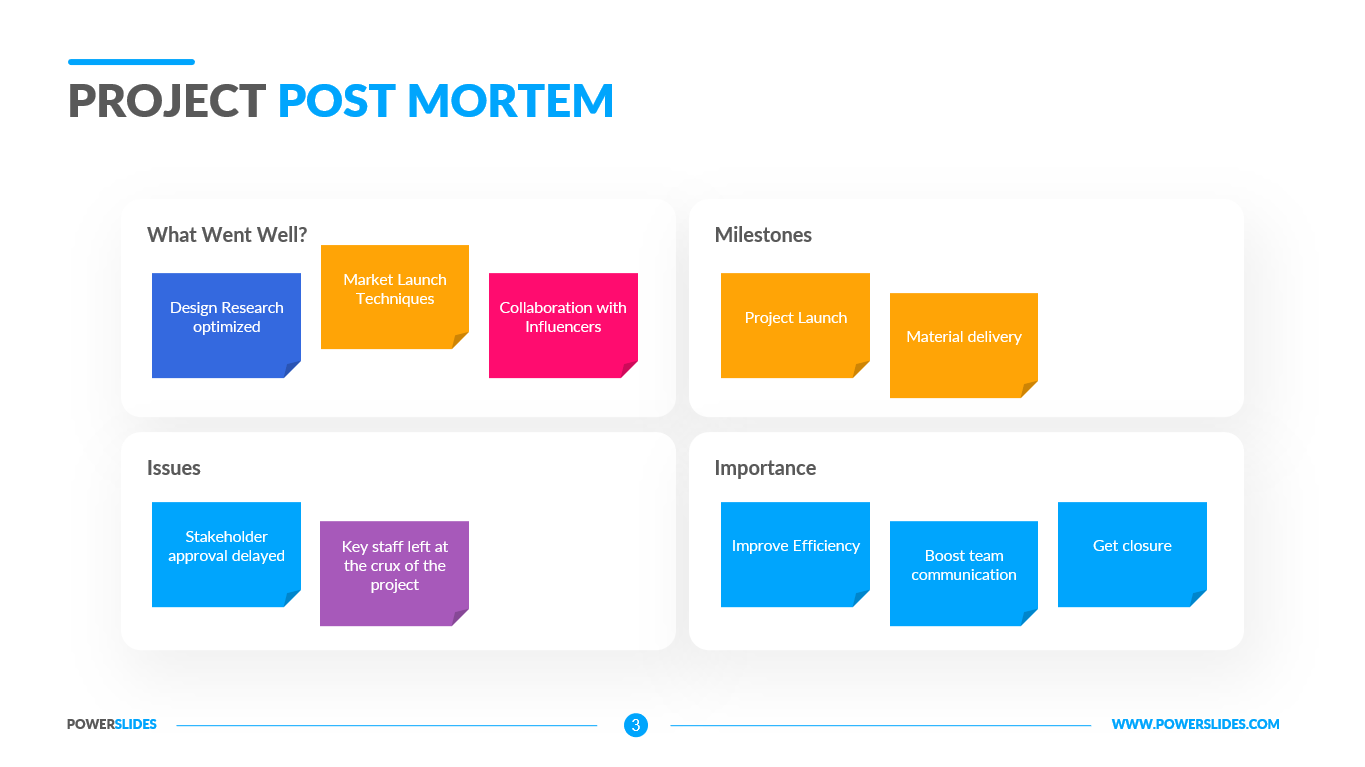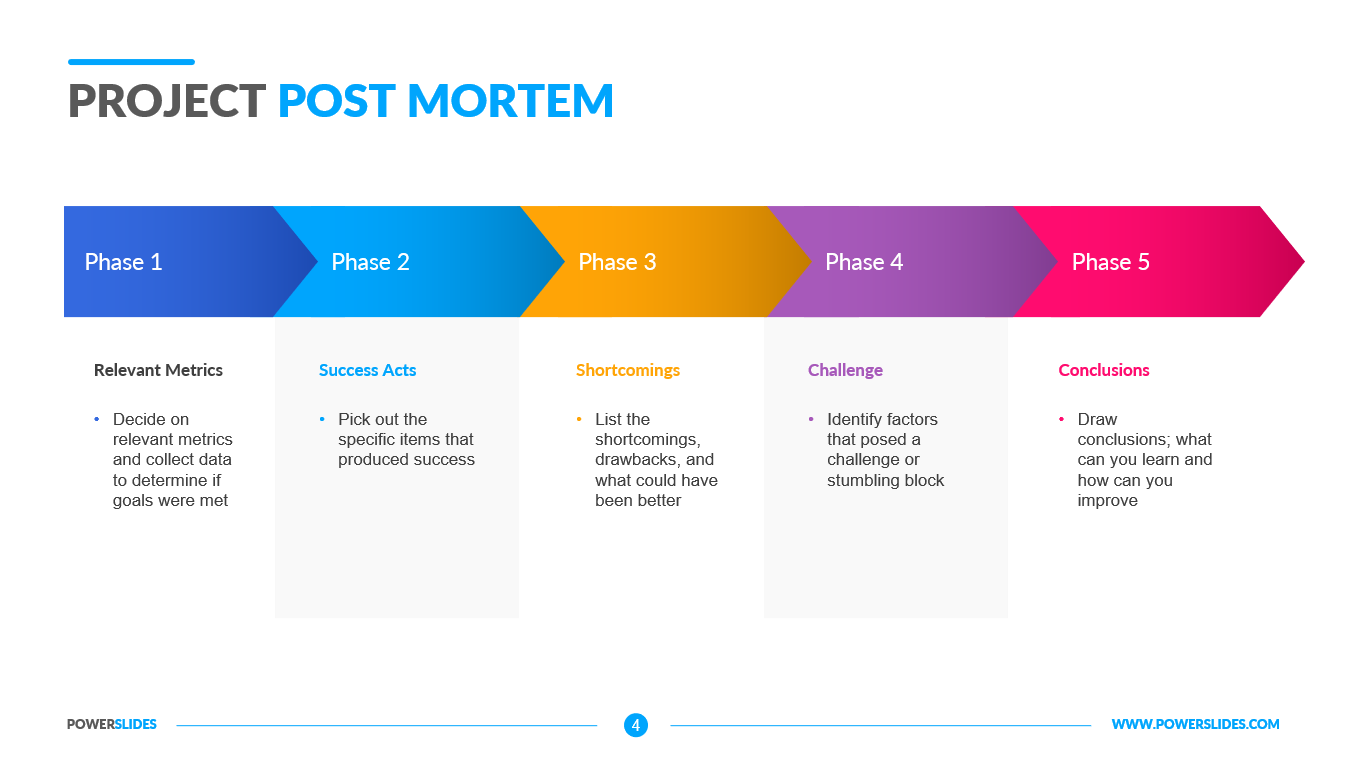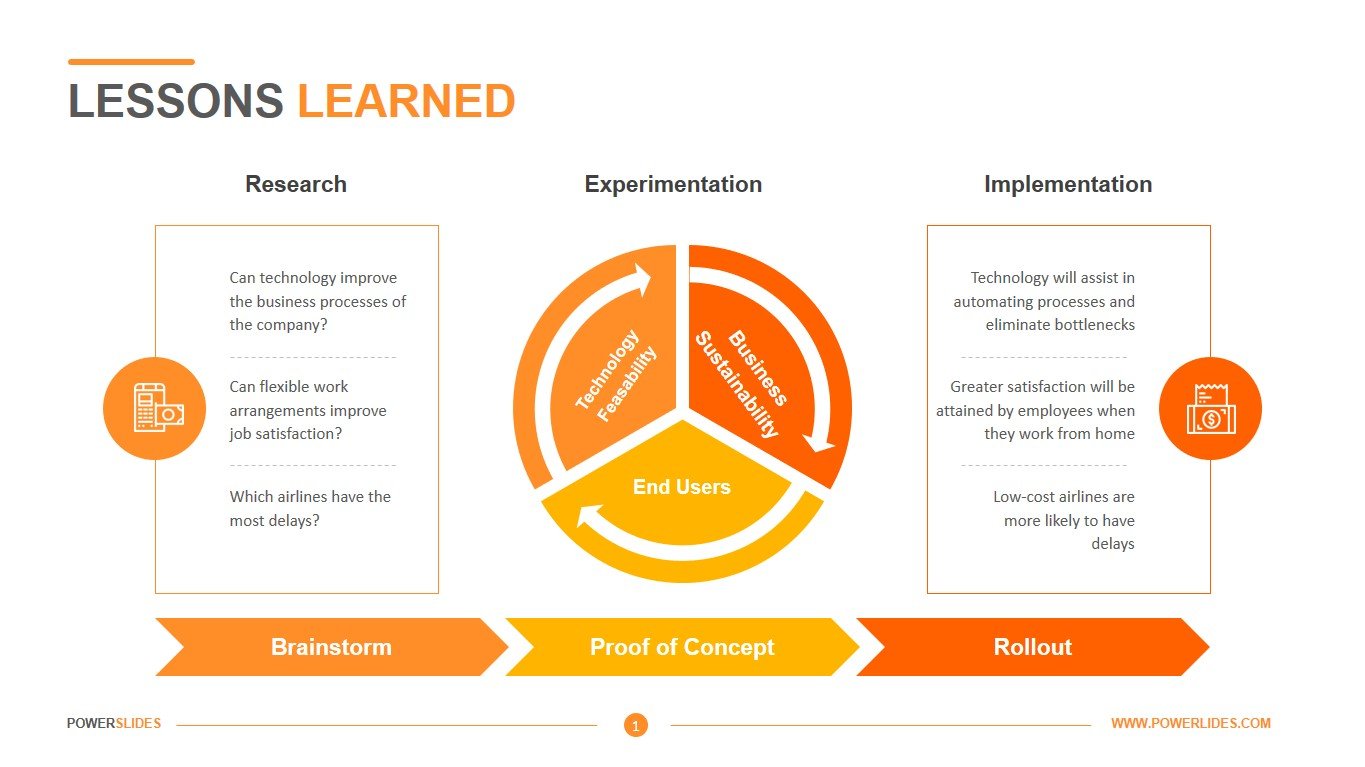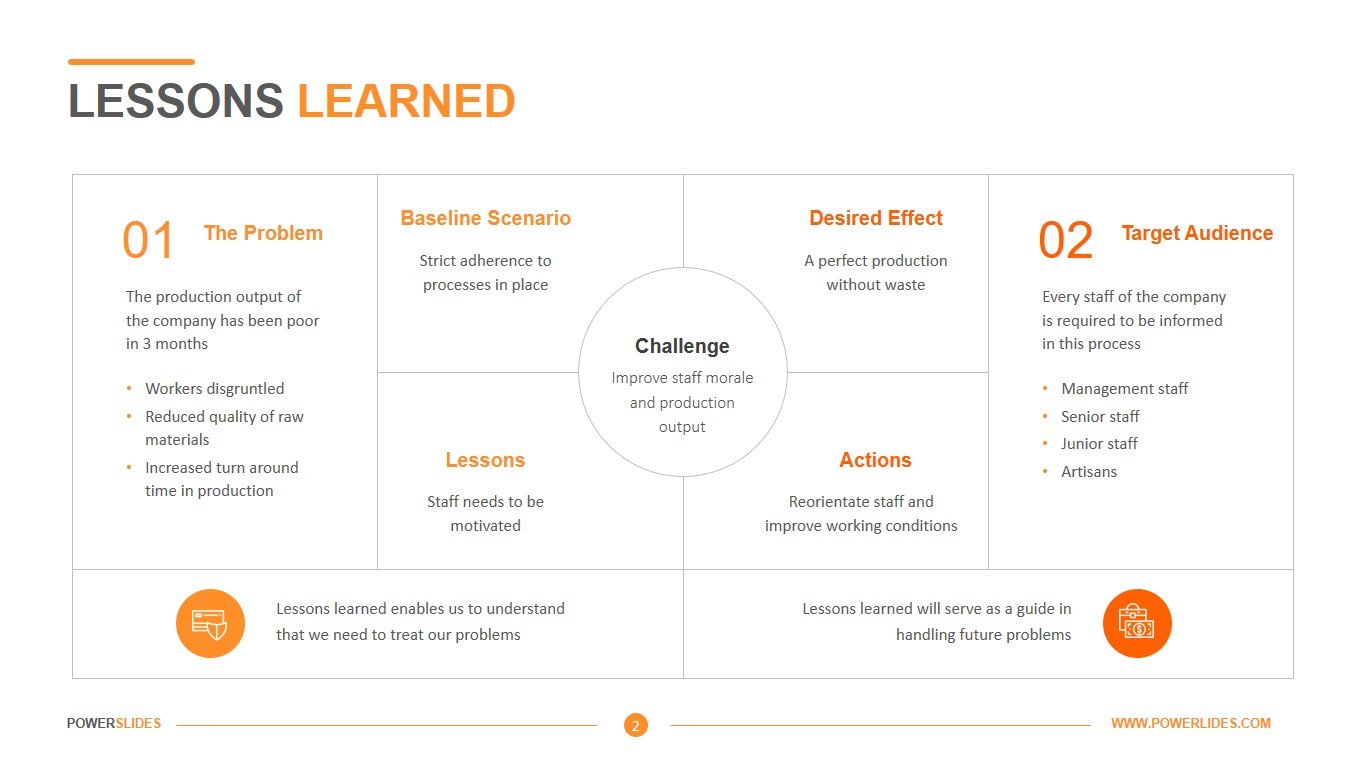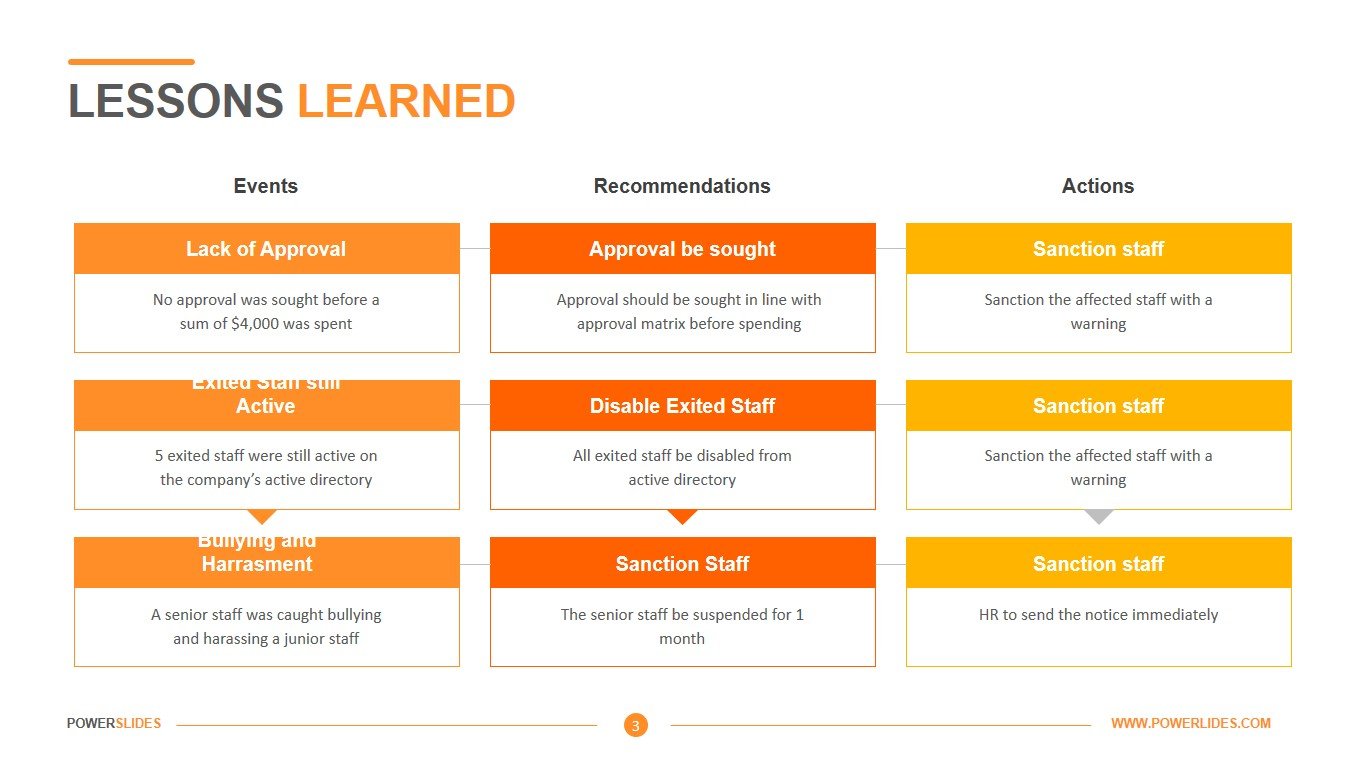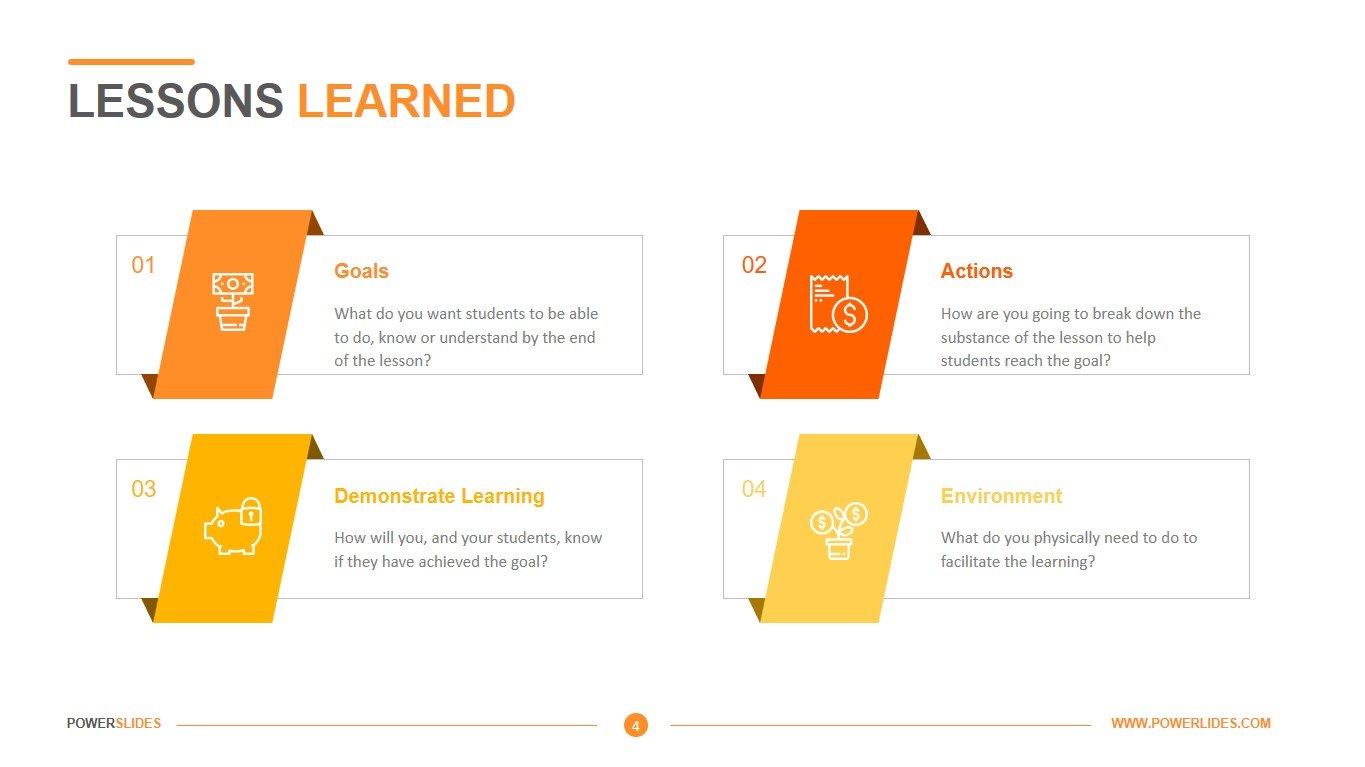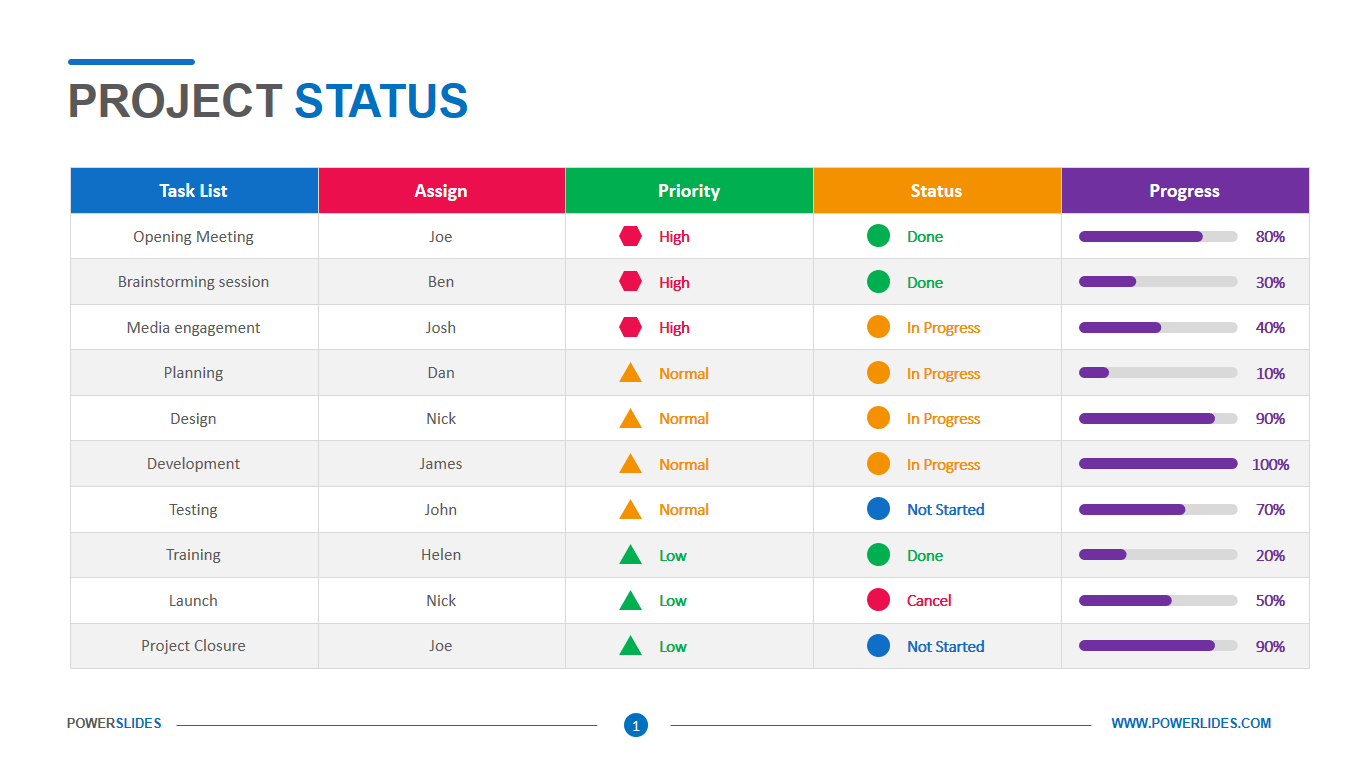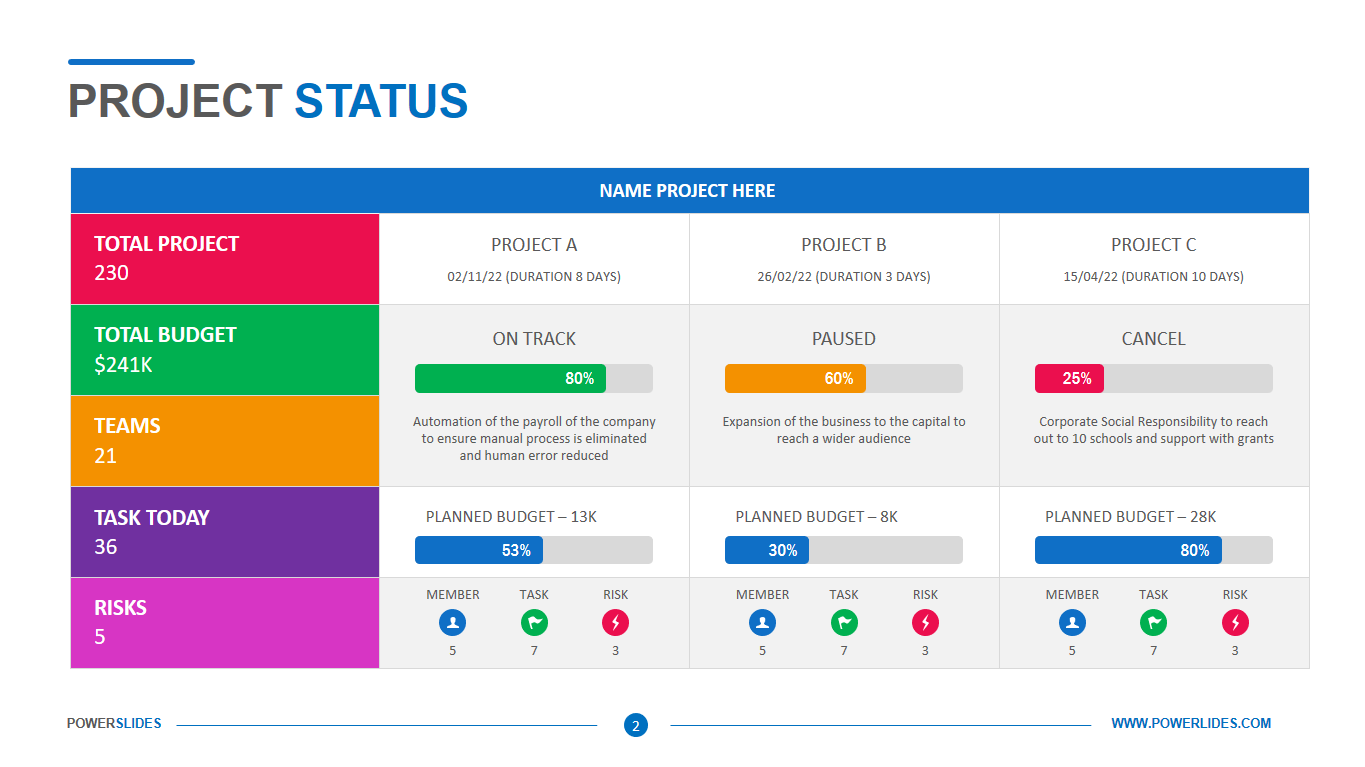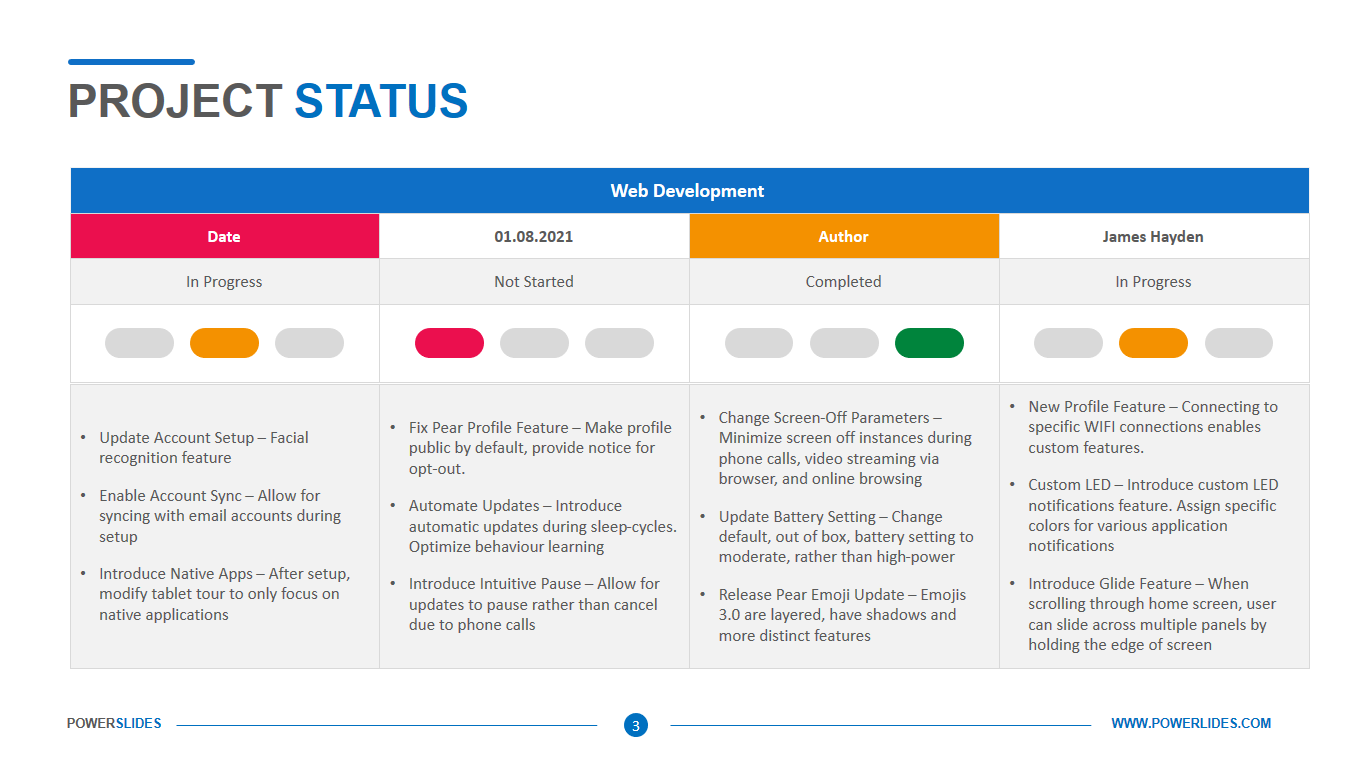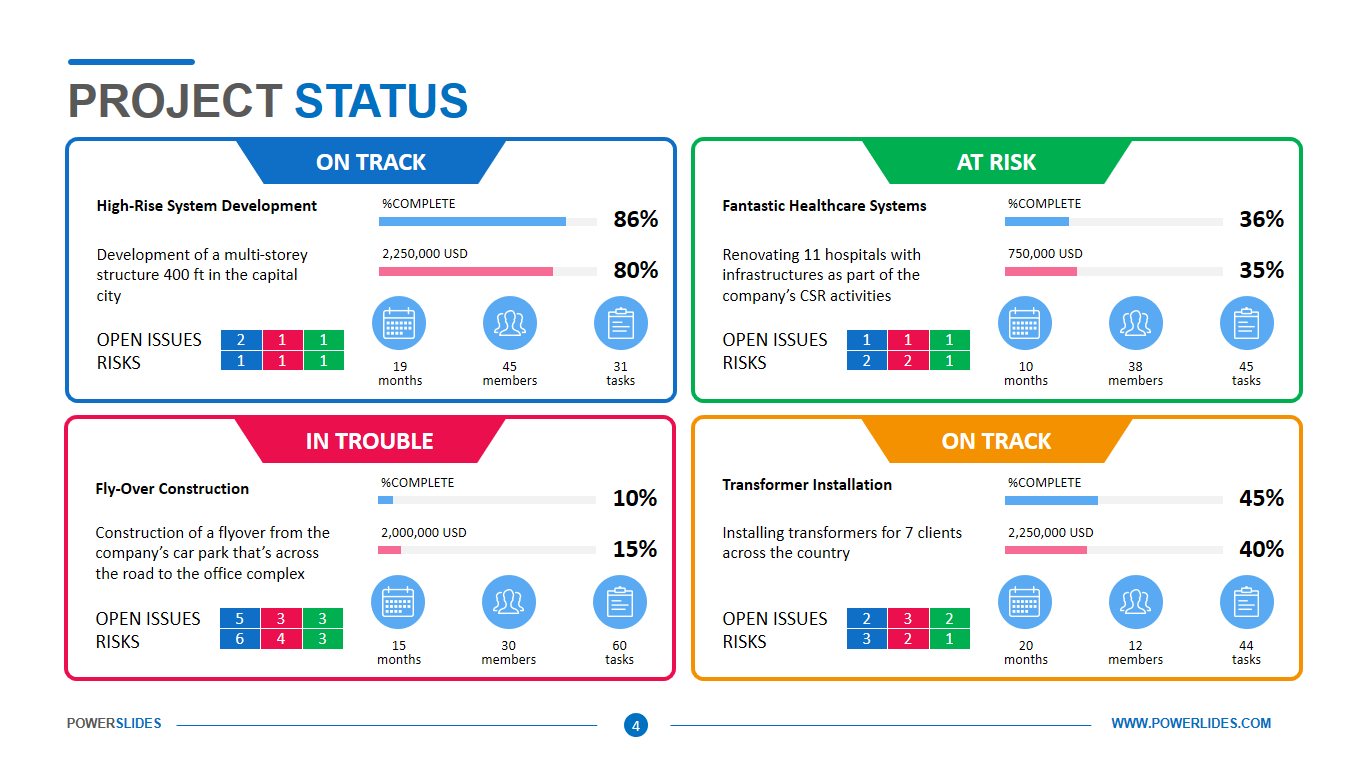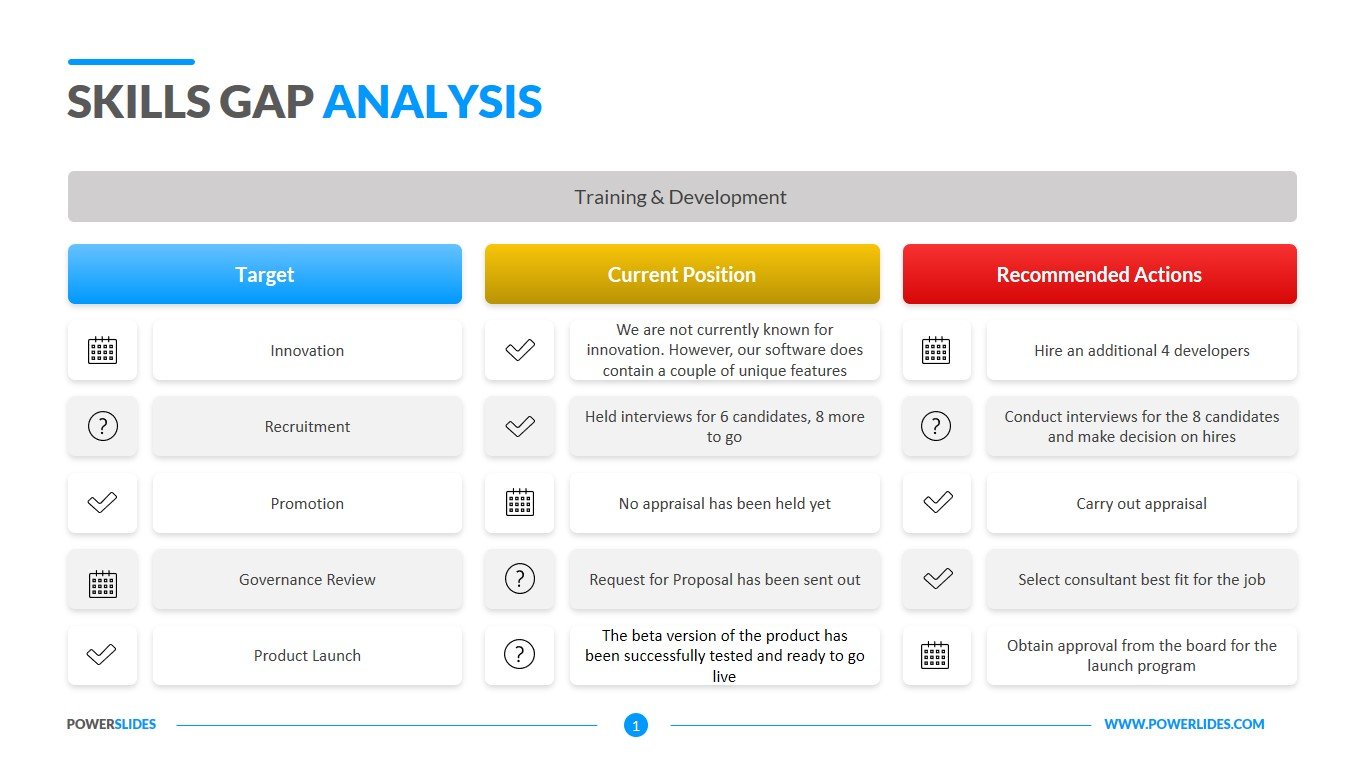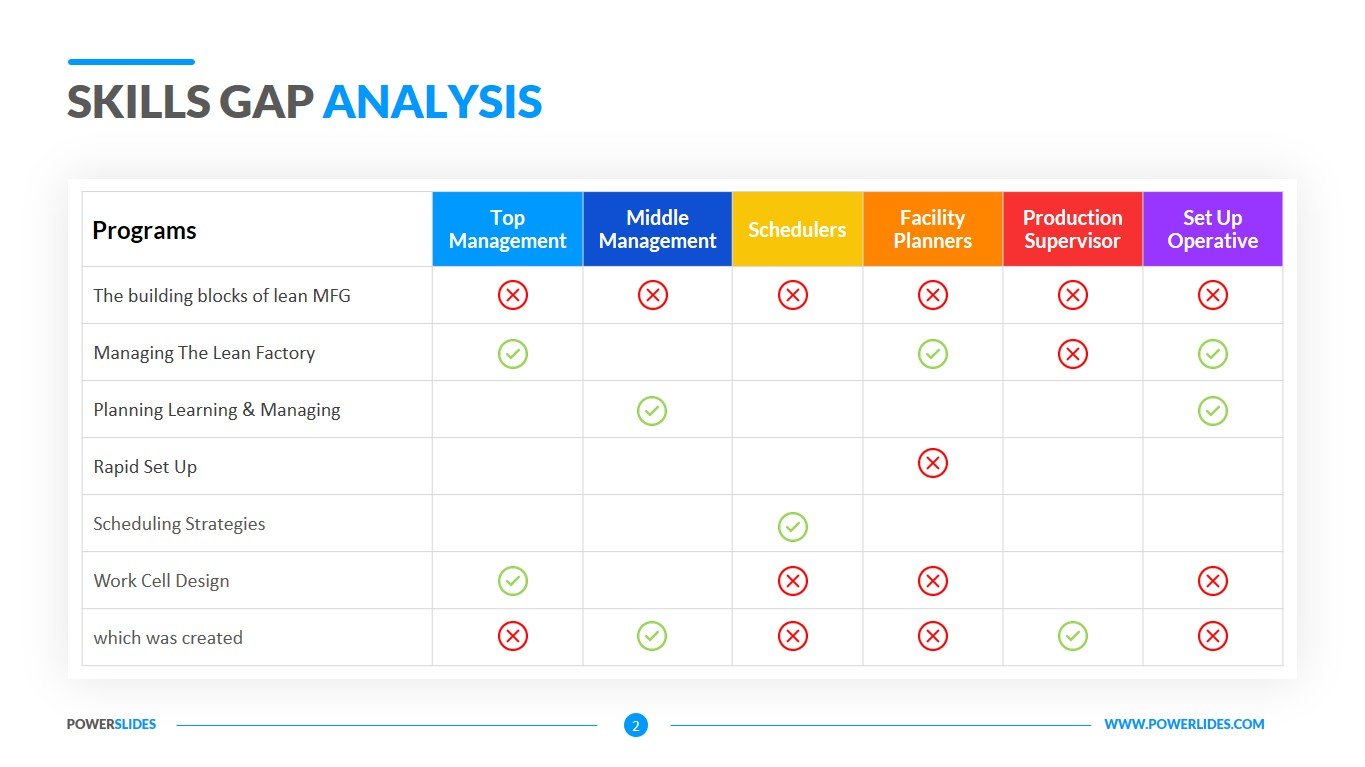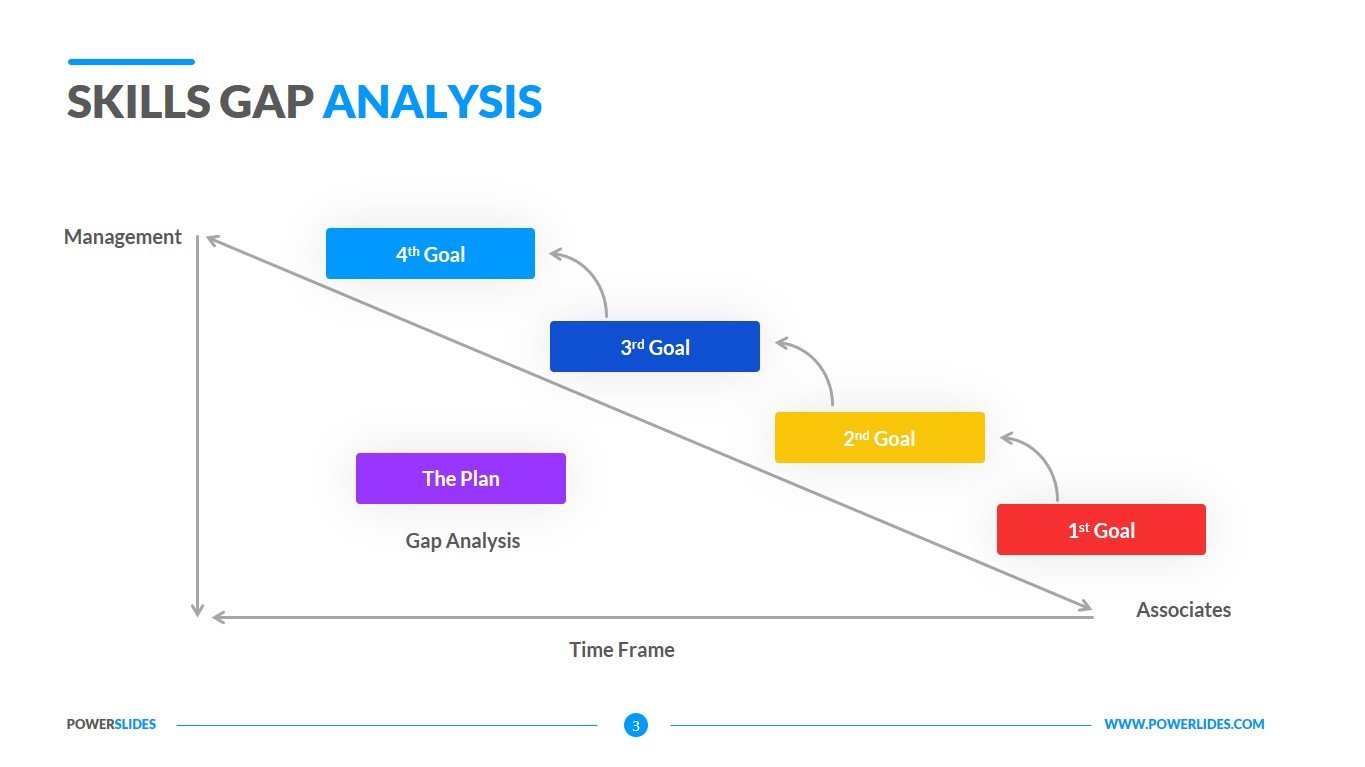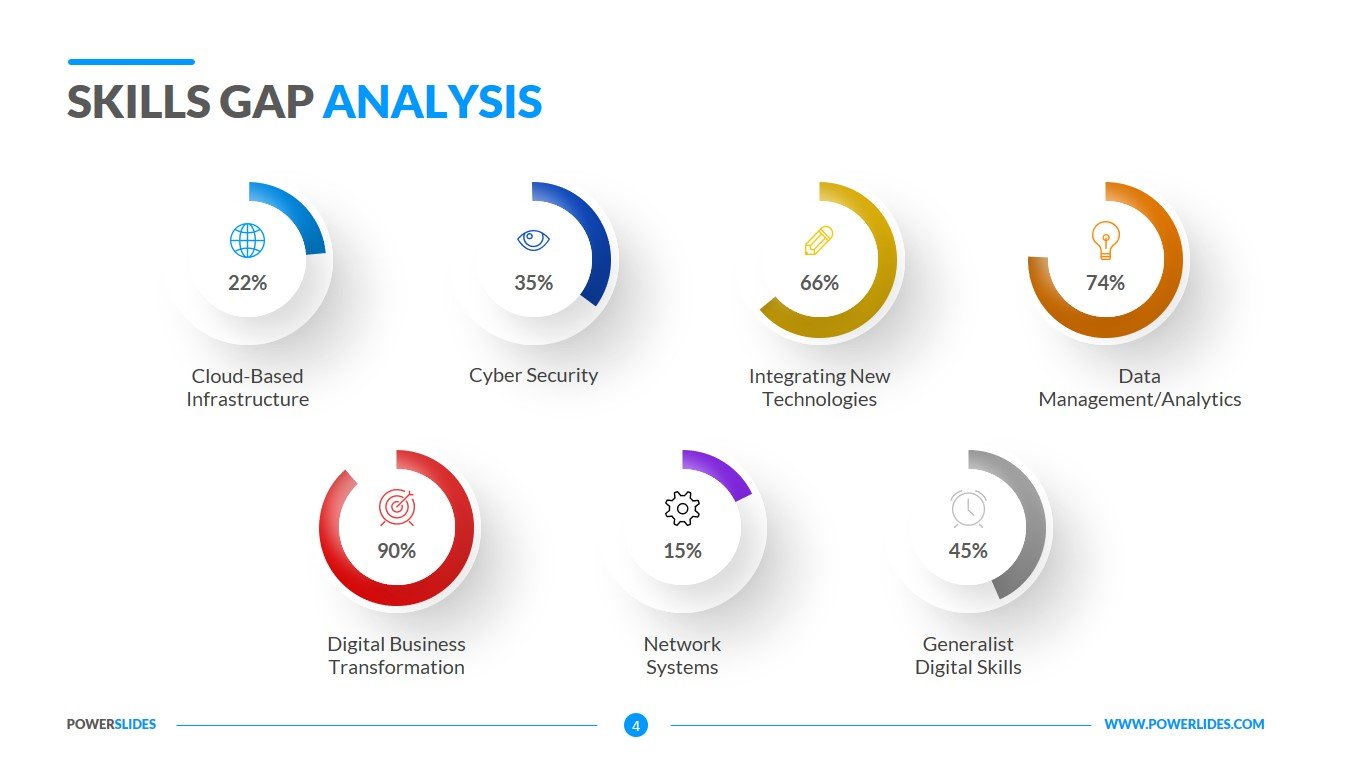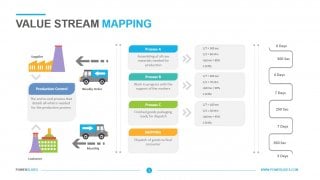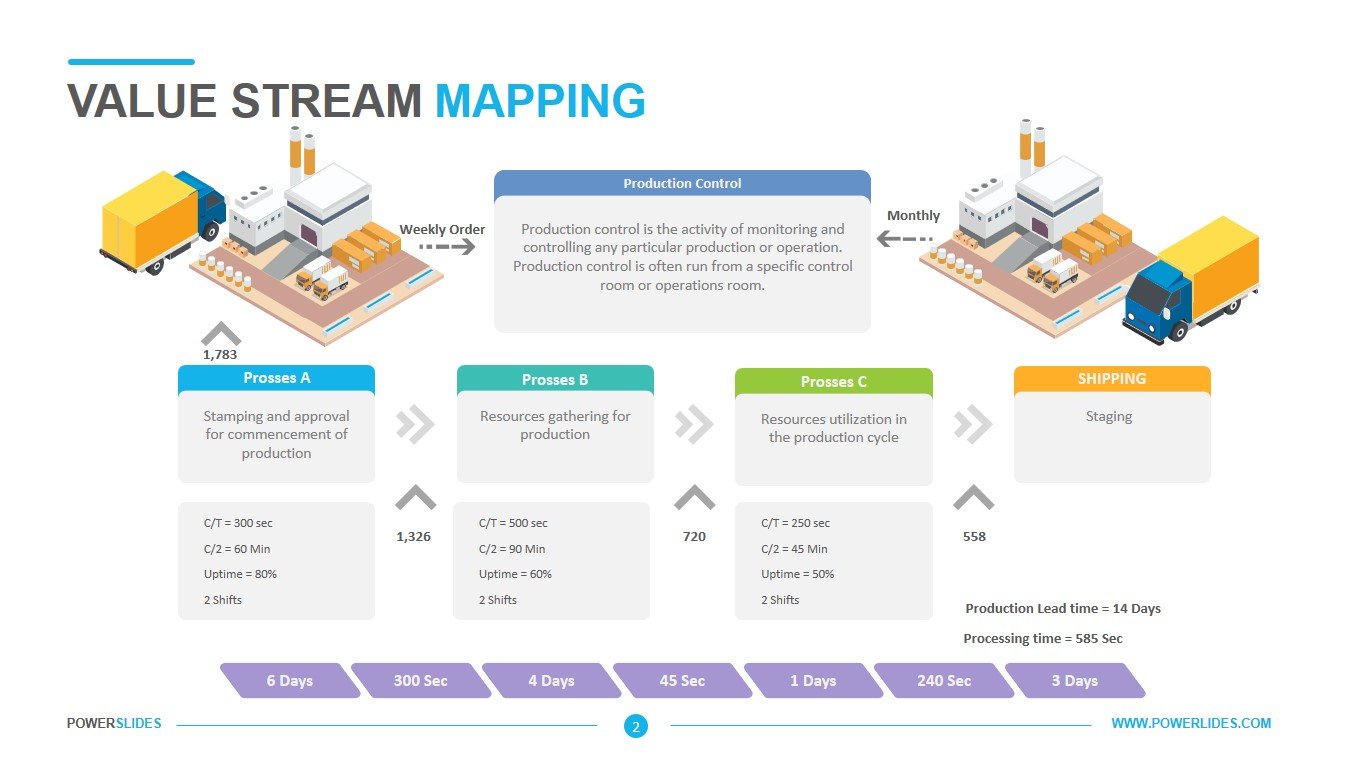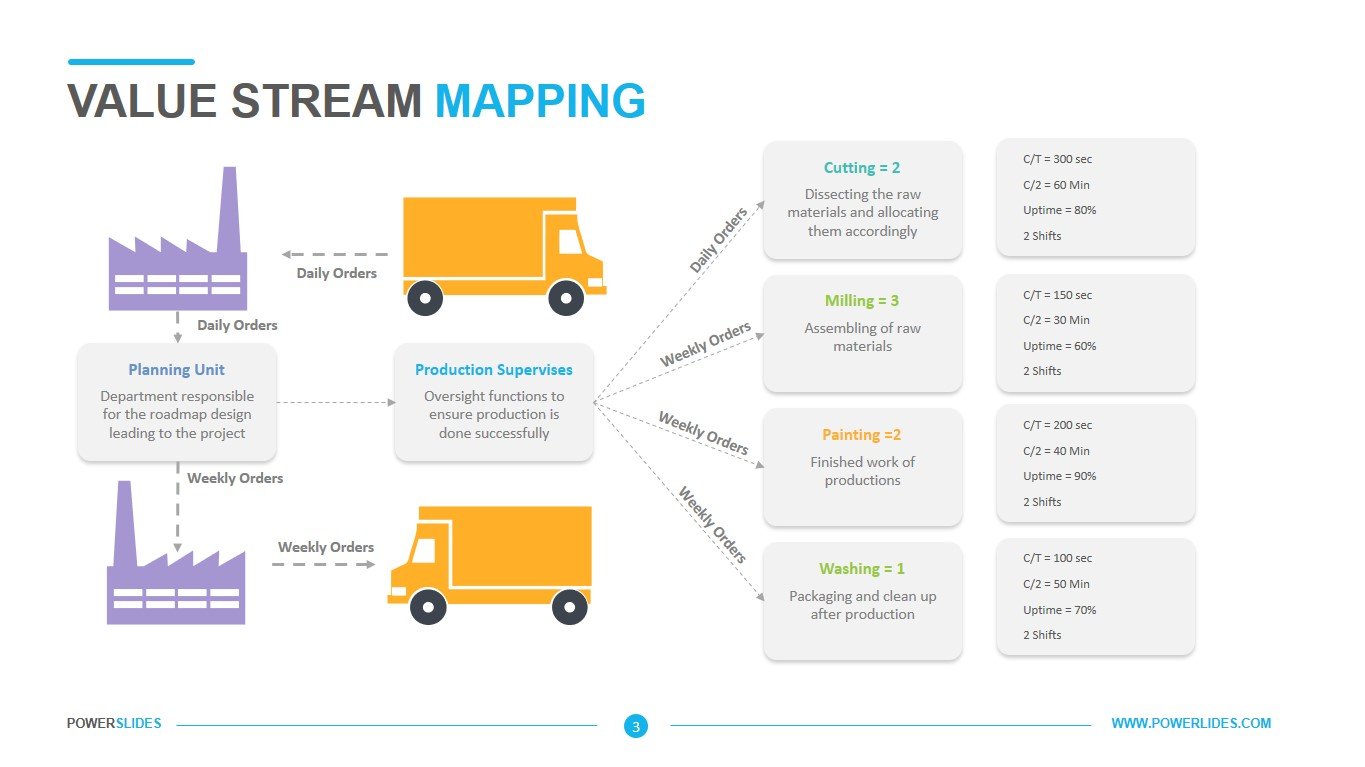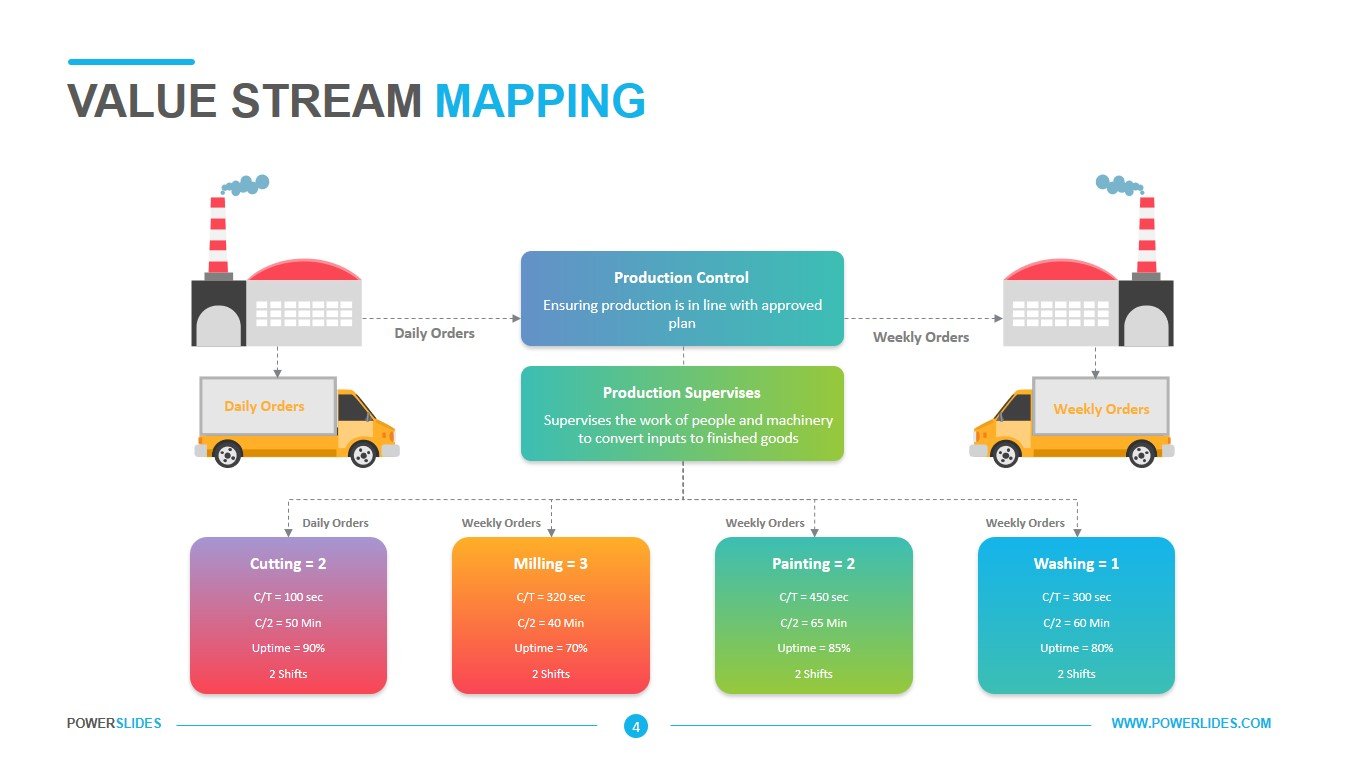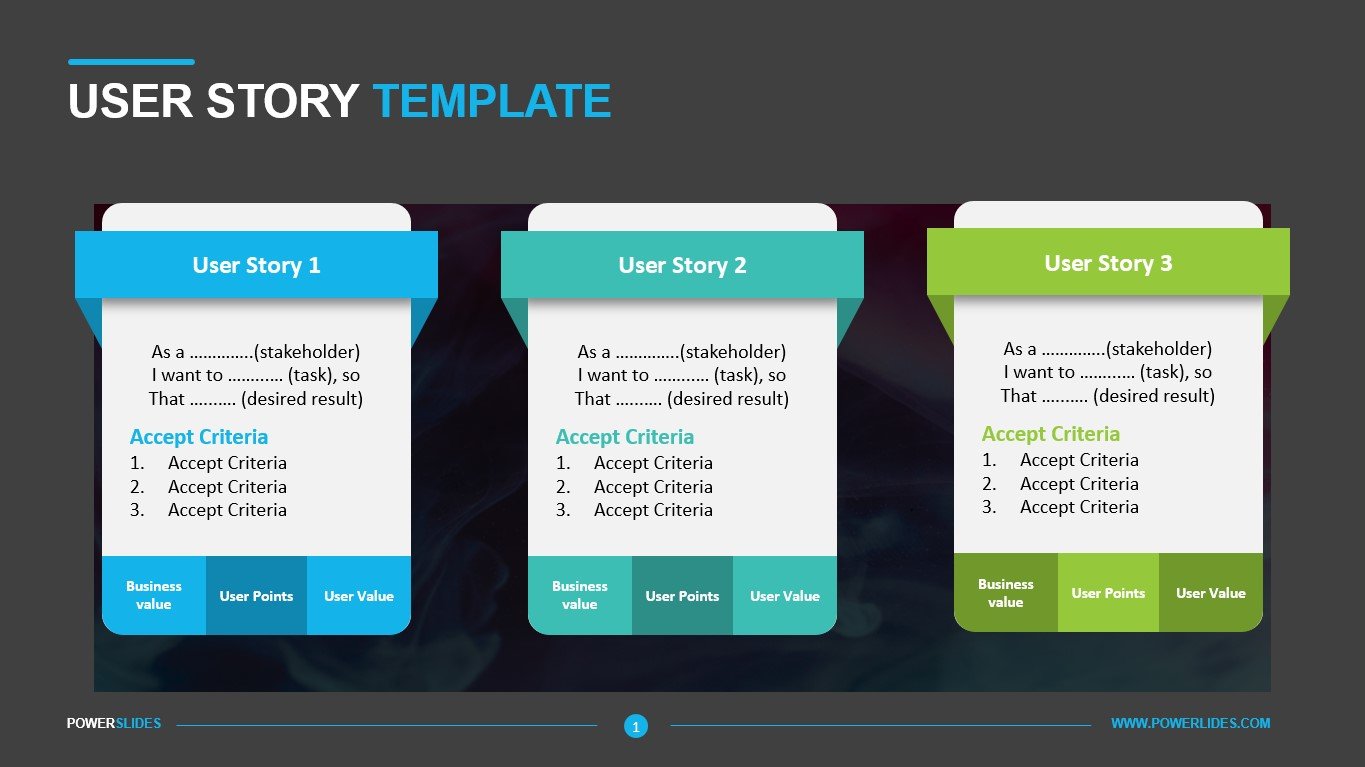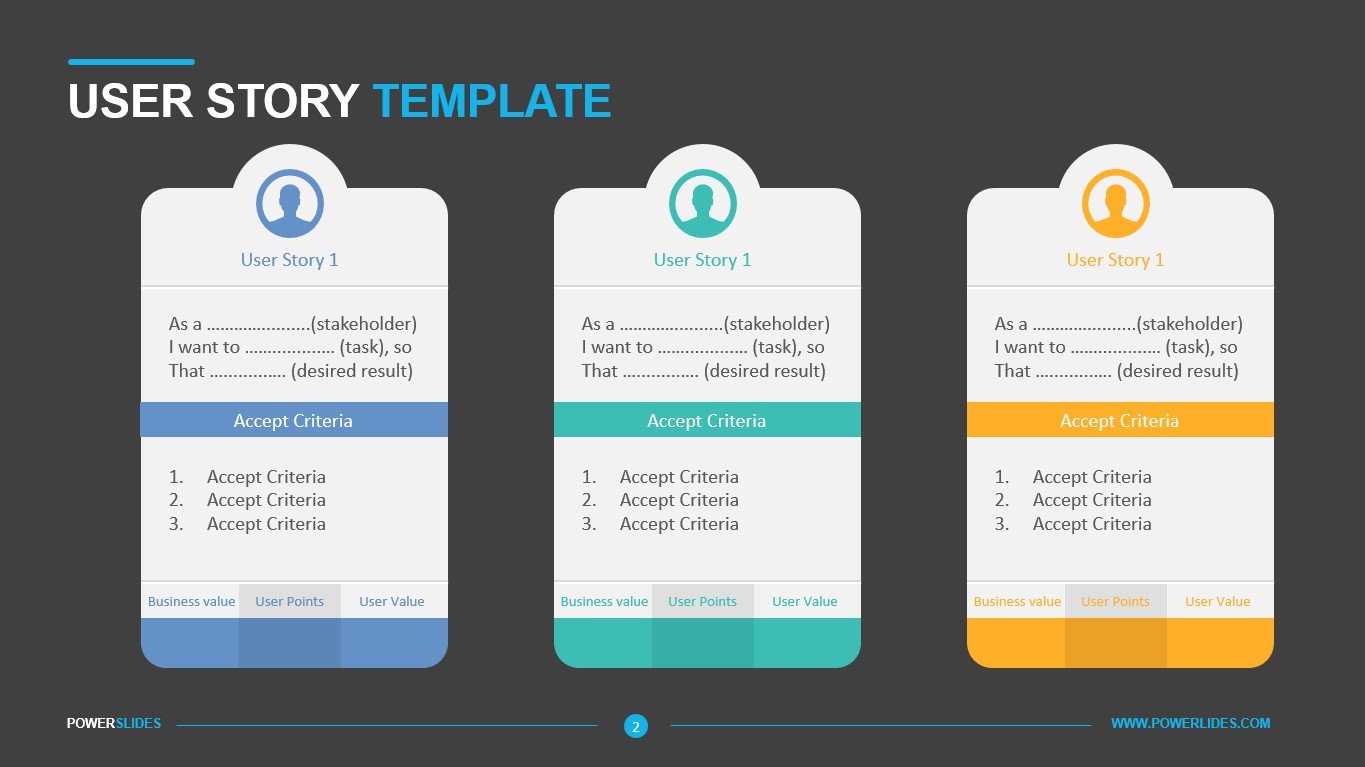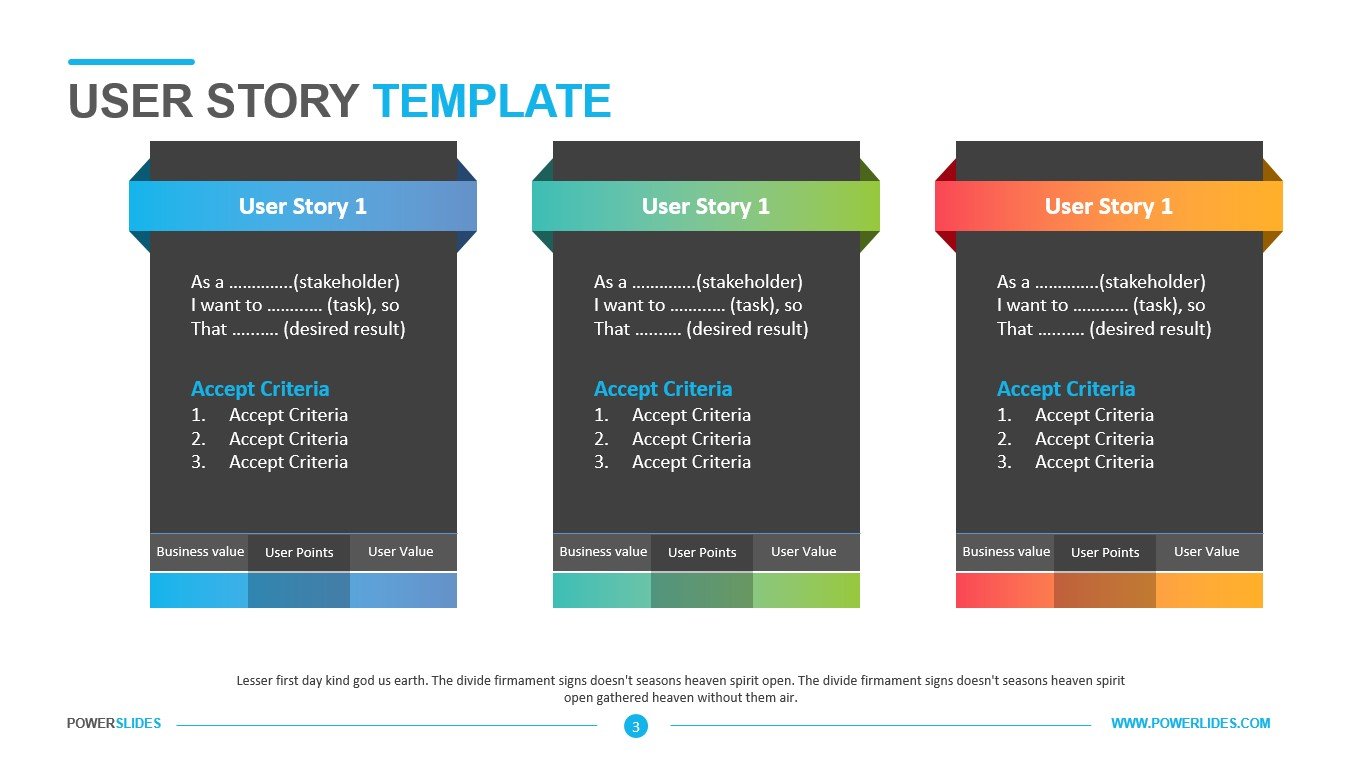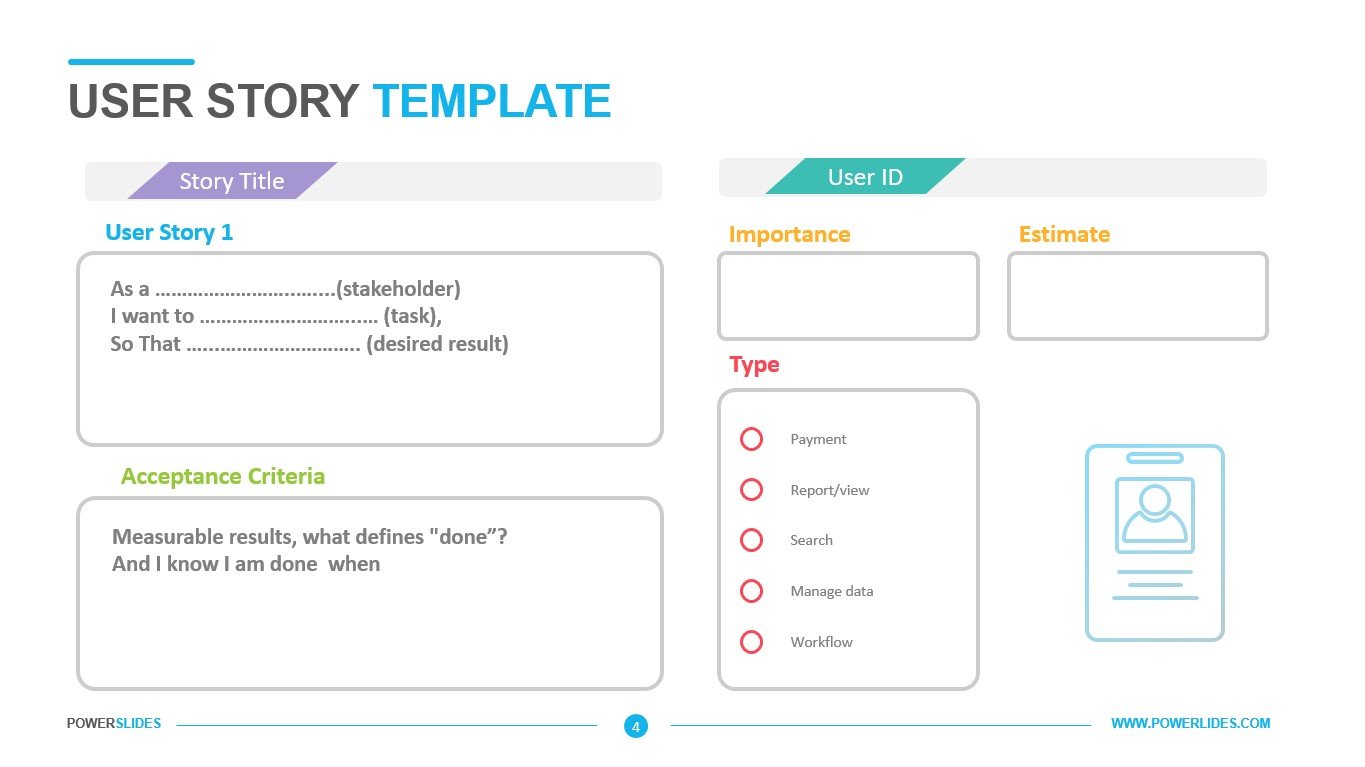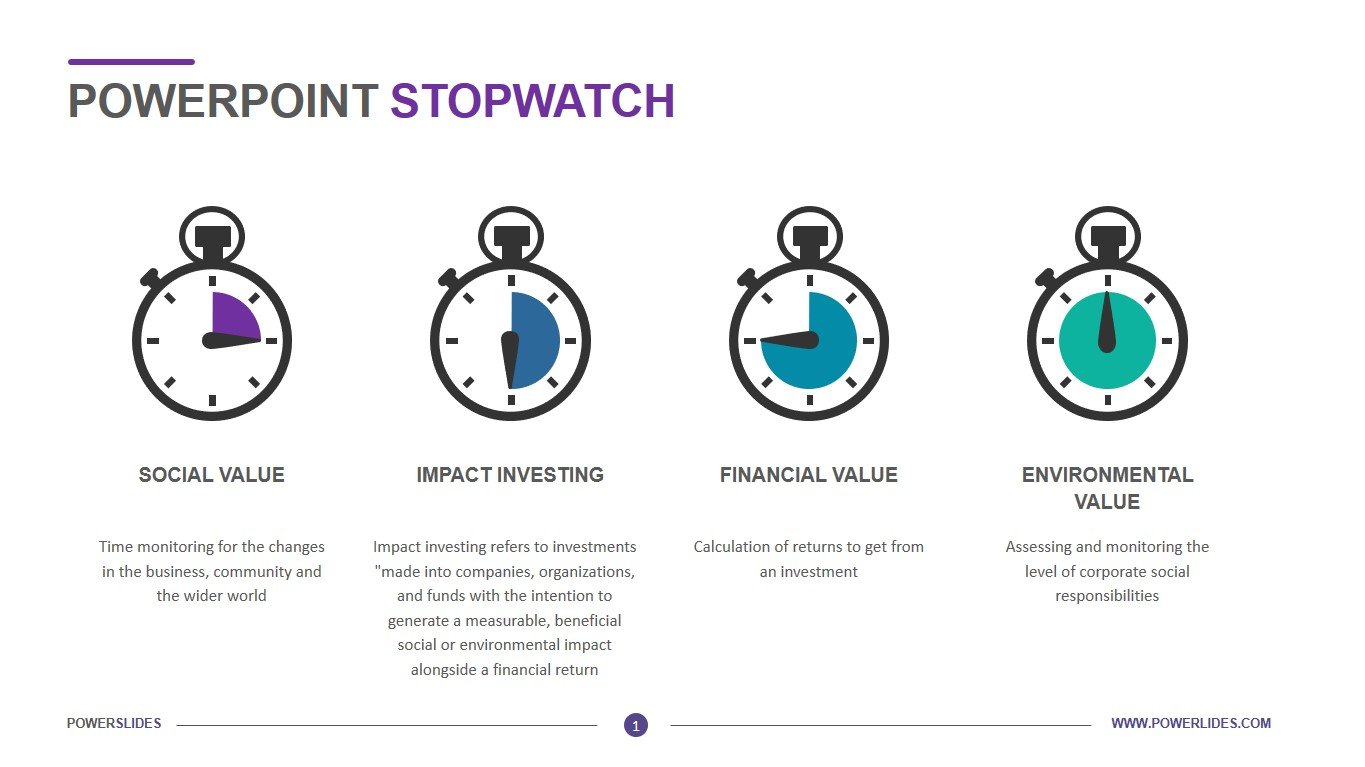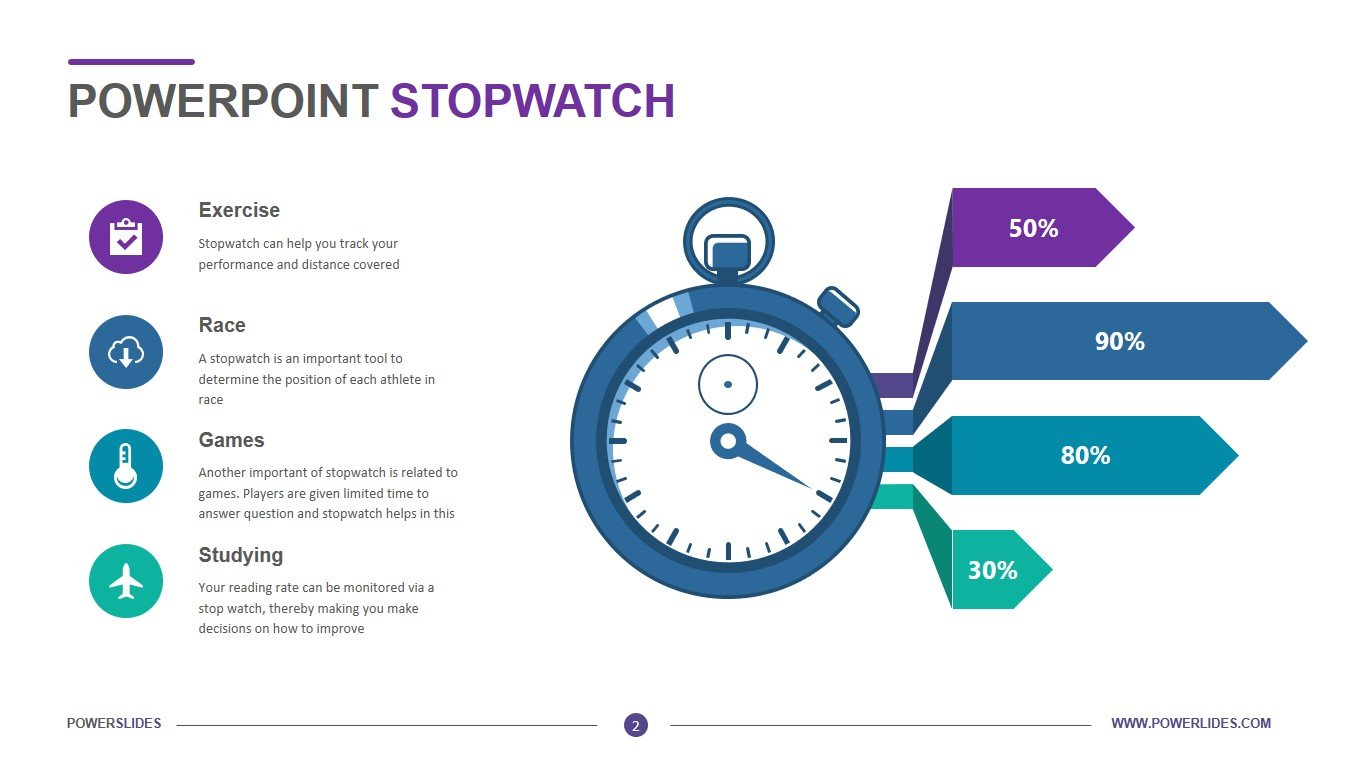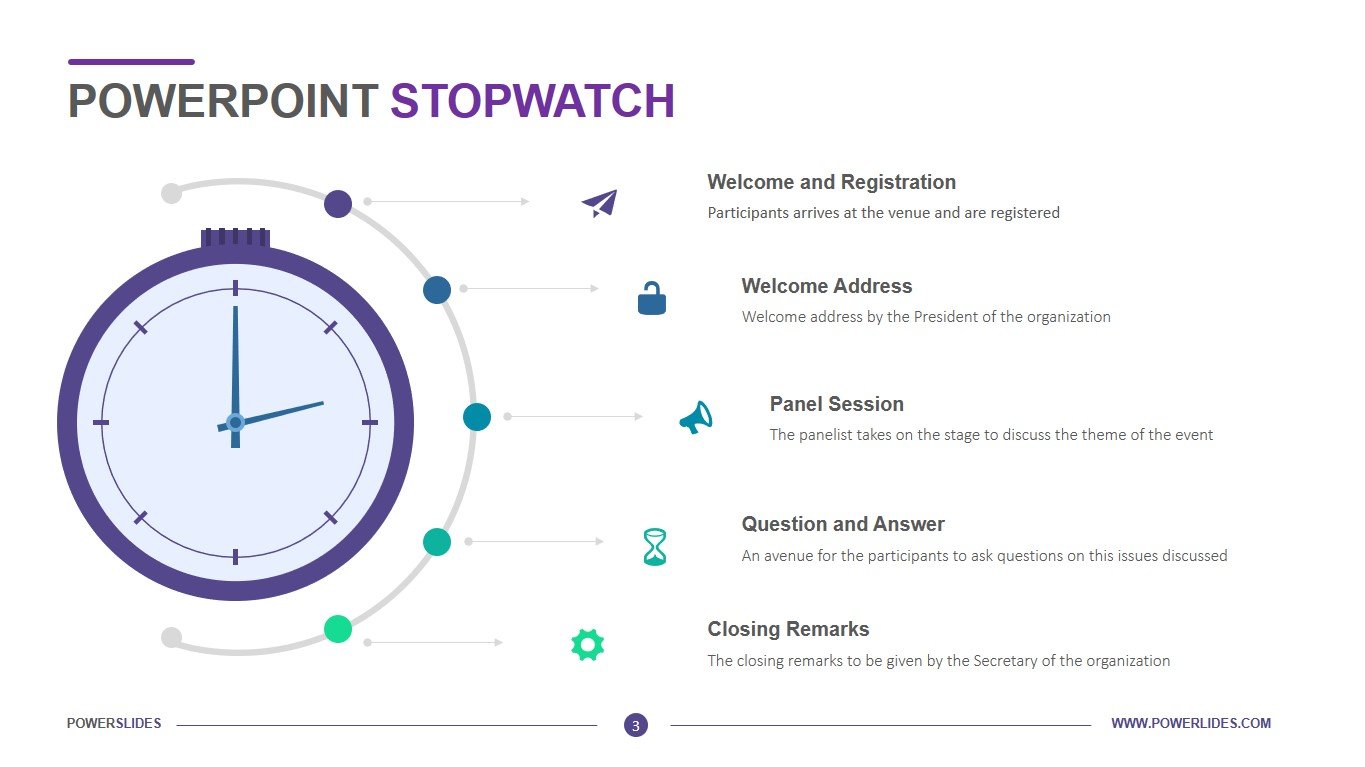Agile vs Waterfall
 4 Slides
4 Slides
 File size: 16:9
File size: 16:9 
 Fonts: Null
Fonts: Null
 Supported version
PPT 2010, PPT 2013, PPT 2016
Supported version
PPT 2010, PPT 2013, PPT 2016
Product details
When creating a new project, the customer must decide not only on the choice of the contractor, but also on the appropriate methodology for the development of the project. The development method is chosen based on the business objectives, scope of work, time and budget. The most popular are Waterfall – waterfall, and Agile – flexible. Note that the wrong choice of methodology can negatively affect your project, so take into account the peculiarities of each of them. Agile is a system based on the principle of “flexible” project management. This includes Scrum, FDD, Kanban, Extreme Programming (XP), Lean. Agile methodologies are built on the principle of iteration. The creation of a new product is divided into several cycles from one week to a month. Depending on the specifics of the project, the time frame is negotiated separately. Each cycle is a completed mini-project, which includes stages of analysis, planning, testing and implementation. As a result, the client receives a product, which, if necessary, is adjusted. Waterfall – assumes a consistent transition to each stage of development and the inability to go back one step. It will be possible to make any changes only after the release of the project. Choosing this model for your project, you need to understand that the final product will have flaws. It is simply impossible to foresee everything at the stage of analysis and planning; new requirements may appear during the development process. However, in Waterfall it is impossible to make edits during the project as well as going back a step. The classic approach is a waterfall model, which is based on the sequential creation of a project, broken down into cycles.
This PowerPoint template starts with an in-depth analysis of processes related to and Agile and Waterfall approaches. It visually summarizes Agile technologists’ and marketers’ ability to work under shorter cycles and respond to change. The following slides focus on key components of Agile vs. Waterfall methodologies, which include: testing, flexibility and iterative processes. This template will be primarily useful for IT professionals. You can use the slides from this template when preparing for a new project. For example, you can describe in detail all the advantages and disadvantages for each of the approaches and choose the most optimal model for an existing project. Also, the slides of this template can be used by business trainers and university teachers when preparing courses on project management and project analysis. This template can be used by technicians when setting up new equipment or a production line in a factory.
If necessary, you can independently change the size, color and position of infographics and blocks on slides in accordance with your corporate requirements. Visually-appealing, well-organized and structured, every presenter using this template is sure to deliver an effective presentation to their target audience. For audiences who are unfamiliar with these two schools of thought, this is the ideal presentation to provide a simple comparison. Useful for both technical and non-technical teams, this template is ideal for marketing organizations and technology organization who are looking to adopt Agile methodologies. Agile Vs Waterfall template will take its rightful place in your collection of professional presentations.





